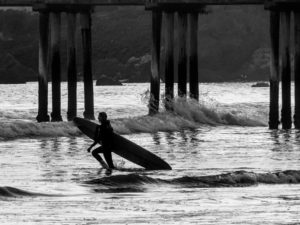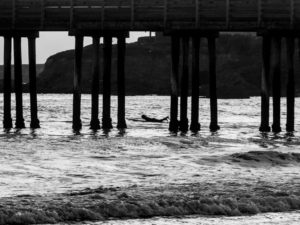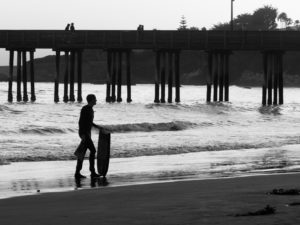For me, Washington D.C. is all about the buildings. In my world of keywording, buildings also include monuments, bridges, and memorials. Steeped in history, full of stories, iconic, architecture, and design all catch my eye. I couldn’t get enough. Here they are, in no particular order.
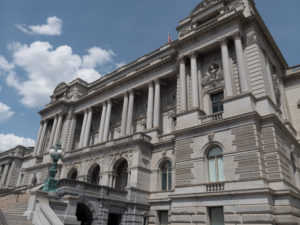 The Library of Congress was NOT what I pictured it to be. From what we saw it was much more a museum than a library. Apparently, it is the official research library that serves the United States Congress and is the de facto national library of the United States. It is the oldest federal cultural institution in the country and is one of the largest libraries in the world. Its collections are universal, not limited by subject, format, or national boundary, and include research materials from all parts of the world and in more than 470 languages. Who knew?
The Library of Congress was NOT what I pictured it to be. From what we saw it was much more a museum than a library. Apparently, it is the official research library that serves the United States Congress and is the de facto national library of the United States. It is the oldest federal cultural institution in the country and is one of the largest libraries in the world. Its collections are universal, not limited by subject, format, or national boundary, and include research materials from all parts of the world and in more than 470 languages. Who knew?
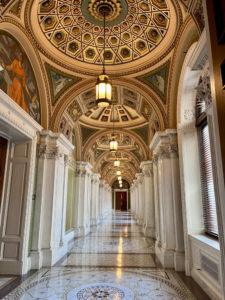
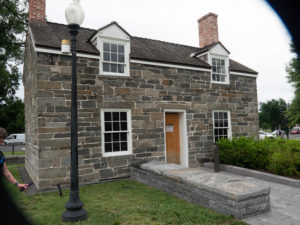 We stumbled across this building on our way to a March for our Lives rally. Excluding the White House, the Lockkeeper’s House is the oldest building on the National Mall, built in 1837.
We stumbled across this building on our way to a March for our Lives rally. Excluding the White House, the Lockkeeper’s House is the oldest building on the National Mall, built in 1837.
The building dates to a period when this area was a wharf and was the location of a section of the Washington City Canal, which connected the Potomac and Anacostia rivers. Here, an eastward extension of the Chesapeake and Ohio Canal met the Potomac River and the Washington City Canal at a canal lock.
The 350-square-foot house served the canal lock keeper, who collected tolls, recorded commerce, maintained the canal, and managed traffic.
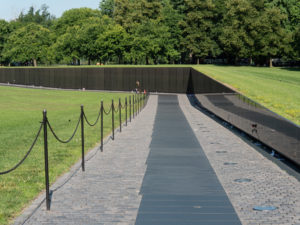 The Vietnam Memorial was powerful. The names on the Wall, originally numbering 57,939 when it was dedicated in 1982, are listed in the chronological order of the casualty dates. It’s interesting how short the wall is from the early days of the war and startling how tall it gets in the middle. Additional names have since been added and as of May 2018, there were 58,320 names. The number of names on the wall is different from the official number of U.S. Vietnam War deaths, which is 58,220 as of May 2018.
The Vietnam Memorial was powerful. The names on the Wall, originally numbering 57,939 when it was dedicated in 1982, are listed in the chronological order of the casualty dates. It’s interesting how short the wall is from the early days of the war and startling how tall it gets in the middle. Additional names have since been added and as of May 2018, there were 58,320 names. The number of names on the wall is different from the official number of U.S. Vietnam War deaths, which is 58,220 as of May 2018.
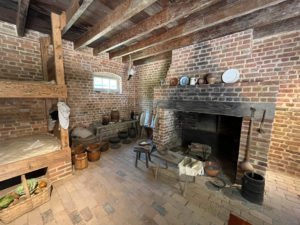
Mount Vernon was a beautiful way to spend an afternoon. The main building was under renovation so we wandered the grounds. It became less beautiful as we entered the slave quarters and realized how many people were owned to make these grounds a working farm back in the day. The above image is a room of the restored slave quarters.
The plantation is on the banks of the Potomac River in Fairfax County, Virginia, just south of Washington, D.C.
The Washington family acquired land in the area in 1674. Around 1734, the family embarked on an expansion of its estate that continued under George Washington, who began leasing the estate in 1754 before becoming its sole owner in 1761.
In 1858, the house’s historical importance was recognized and it was saved from ruin by the Mount Vernon Ladies Association; this philanthropic organization acquired it together with part of the Washington property estate. Escaping the damage suffered by many plantation houses during the American Civil War, Mount Vernon was restored.
Mount Vernon was designated a National Historic Landmark in 1960 and is listed on the National Register of Historic Places. It is still owned and maintained in trust by the Mount Vernon Ladies Association and is open every day of the year. Allowing the public to see the estate is not an innovation, but part of an over 200-year-old tradition started by George Washington himself. In 1794 he wrote: “I have no objection to any sober or orderly person’s gratifying their curiosity in viewing the buildings, Gardens, &ca. about Mount Vernon.”
This is an image of the lower floor of a round barn found on the property. It was invented to have hay laid out on the above floor, have horses walk on it, and ground it up to have it fall through to the bottom floor and be swept up and used. It was cutting-edge technology back then.
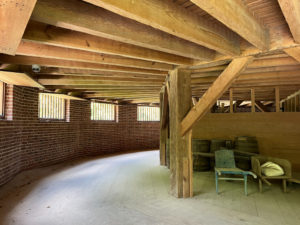
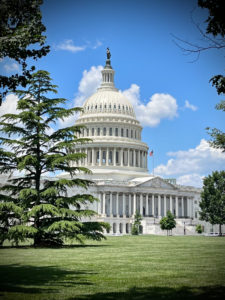 The Capital is located on Capitol Hill at the eastern end of the National Mall. Though no longer at the geographic center of the federal district, the Capitol forms the origin point for the district’s street-numbering system and the district’s four quadrants.
The Capital is located on Capitol Hill at the eastern end of the National Mall. Though no longer at the geographic center of the federal district, the Capitol forms the origin point for the district’s street-numbering system and the district’s four quadrants.
Central sections of the present building were completed in 1800. These were partly destroyed in the 1814 burning of Washington, then were fully restored within five years. The building was later enlarged by extending the wings for the chambers for the bicameral legislature, the House of Representatives in the south wing, and the Senate in the north wing. The massive dome was completed around 1866 just after the American Civil War.
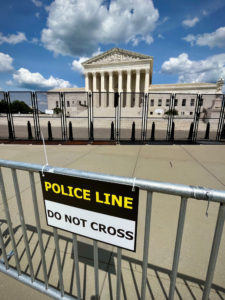 The Supreme Court Building also referred to as “The Marble Palace,” serves as the official workplace of the Chief Justice of the United States and the eight Associate Justices of the Supreme Court. It is located in the block immediately east of the United States Capitol and north of the Library of Congress. On May 4, 1987, the Supreme Court Building was designated a National Historic Landmark.
The Supreme Court Building also referred to as “The Marble Palace,” serves as the official workplace of the Chief Justice of the United States and the eight Associate Justices of the Supreme Court. It is located in the block immediately east of the United States Capitol and north of the Library of Congress. On May 4, 1987, the Supreme Court Building was designated a National Historic Landmark.
The proposal for a separate building for the Supreme Court was suggested in 1912 by President William Howard Taft, who became Chief Justice in 1921. In 1929, Taft successfully argued for the creation of the new building but did not live to see it built. Physical construction began in 1932 and was officially completed in 1935 under the guidance of Chief Justice Charles Evans Hughes, Taft’s successor.
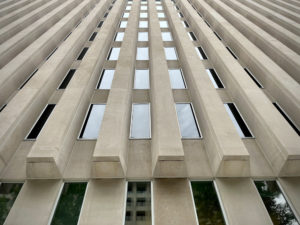 I don’t remember what this building is but we got out of the car, I looked up and saw this…so I SHOT it.
I don’t remember what this building is but we got out of the car, I looked up and saw this…so I SHOT it.
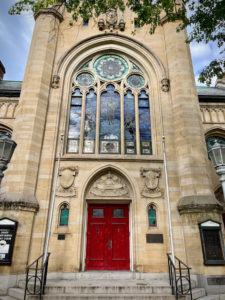
Beautiful architecture was everywhere, be it churches, office buildings, or homes, it was everywhere.
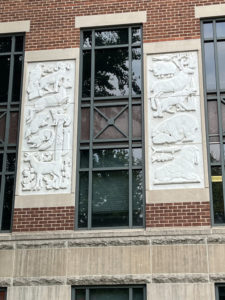
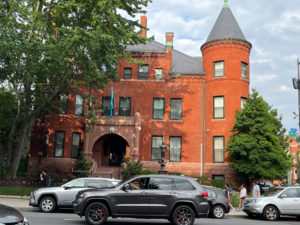 Walking from one place to another, outside of the National Mall, we would come across random buildings like the Embassy of Kazakstan.
Walking from one place to another, outside of the National Mall, we would come across random buildings like the Embassy of Kazakstan.
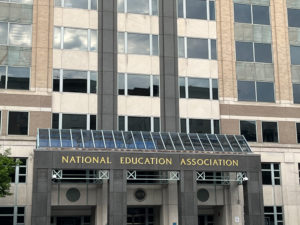 The National Education Association.
The National Education Association.
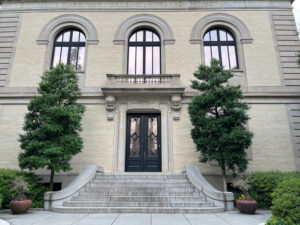 The National Geographic Society.
The National Geographic Society.
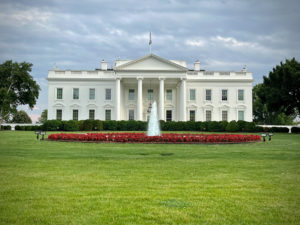 An iPhone picture of the White House. Some days you could get right up to the gate and some days not. Today was a good day.
An iPhone picture of the White House. Some days you could get right up to the gate and some days not. Today was a good day.
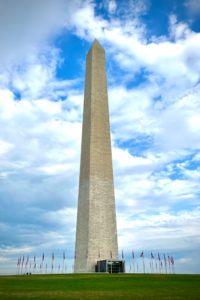 The Washington Monument’s construction began in 1848 and was halted for a period of 23 years, from 1854 to 1877 due to a lack of funds, a struggle for control over the Washington National Monument Society, and the American Civil War. It was built to commemorate George Washington, once commander-in-chief of the Continental Army (1775–1784) in the American Revolutionary War and the first President of the United States (1789–1797). Located almost due east of the Reflecting Pool and the Lincoln Memorial, the monument, made of marble, granite, and bluestone gneiss, is both the world’s tallest predominantly stone structure and the world’s tallest obelisk at 555 feet 5+1⁄8 inches (169.294 m) tall, according to the National Park Service (measured 1884). It is the tallest monumental column in the world if all are measured above their pedestrian entrances. The cornerstone was laid on July 4, 1848; the first stone was laid atop the unfinished stump on August 7, 1880; the capstone was set on December 6, 1884; the completed monument was dedicated on February 21, 1885; and officially opened October 9, 1888.
The Washington Monument’s construction began in 1848 and was halted for a period of 23 years, from 1854 to 1877 due to a lack of funds, a struggle for control over the Washington National Monument Society, and the American Civil War. It was built to commemorate George Washington, once commander-in-chief of the Continental Army (1775–1784) in the American Revolutionary War and the first President of the United States (1789–1797). Located almost due east of the Reflecting Pool and the Lincoln Memorial, the monument, made of marble, granite, and bluestone gneiss, is both the world’s tallest predominantly stone structure and the world’s tallest obelisk at 555 feet 5+1⁄8 inches (169.294 m) tall, according to the National Park Service (measured 1884). It is the tallest monumental column in the world if all are measured above their pedestrian entrances. The cornerstone was laid on July 4, 1848; the first stone was laid atop the unfinished stump on August 7, 1880; the capstone was set on December 6, 1884; the completed monument was dedicated on February 21, 1885; and officially opened October 9, 1888.
We never did secure tickets to go up in it. Next time.
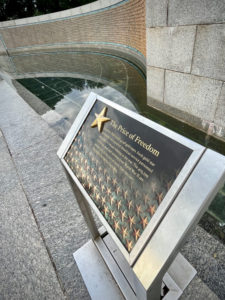 The World War II Memorial was stunning. But this plaque was possibly the most important part of the memorial. It is the Freedom Wall. It explains the price of freedom in very real terms. The wall holds 4,048 gold stars you can see behind the sign to the left. Each star represents one hundred American service personnel who died or remain missing in the war. The 405,399 Americans dead and missing from World War II are second only to the loss of more than 620,000 Americans during our Civil War. And THAT only includes our country. And only service members. Let that sink in for a minute.
The World War II Memorial was stunning. But this plaque was possibly the most important part of the memorial. It is the Freedom Wall. It explains the price of freedom in very real terms. The wall holds 4,048 gold stars you can see behind the sign to the left. Each star represents one hundred American service personnel who died or remain missing in the war. The 405,399 Americans dead and missing from World War II are second only to the loss of more than 620,000 Americans during our Civil War. And THAT only includes our country. And only service members. Let that sink in for a minute.
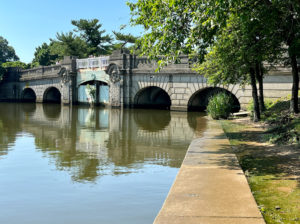
This is a super cute little bridge along the waterway of the Jefferson Memorial whose pillars you can see below.
I found this quote on the Southeast wall to be very pertinent to today’s politics: “I am not an advocate for frequent changes in laws and constitutions, but laws and institutions must go hand in hand with the progress of the human mind. As that becomes more developed, more enlightened, as new discoveries are made, new truths discovered and manners and opinions change, with the change of circumstances, institutions must advance also to keep pace with the times. We might as well require a man to wear still the coat which fitted him when a boy as civilized society to remain ever under the regimen of their barbarous ancestors.” I have more to say but I’ll stop there. 😉
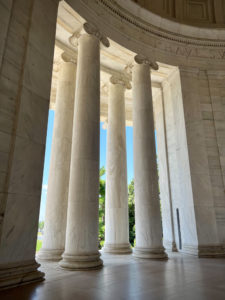
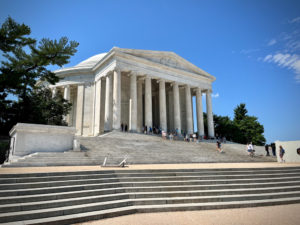
The Lincoln Memorial was dedicated in May 1922. It has always been a major tourist attraction and since the 1930s has sometimes been a symbolic center focused on race relations.
The memorial has been the site of many famous speeches, including Martin Luther King Jr.’s “I Have a Dream” speech delivered on August 28, 1963, during the rally at the end of the March on Washington for Jobs and Freedom.
The memorial is open to the public 24 hours a day, and more than 7 million people visit it annually.
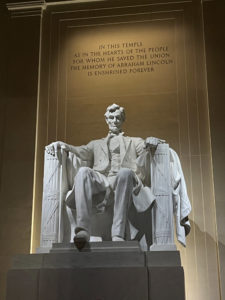
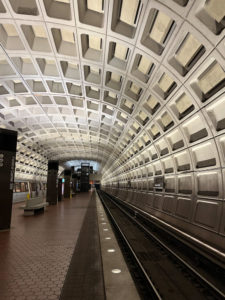 Even the Metro station is kinda cool inside.
Even the Metro station is kinda cool inside.
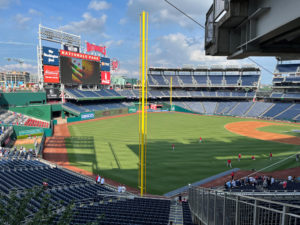 We went to a Washington Nationals Major League Baseball game with our friends. I even ate a hot dog.
We went to a Washington Nationals Major League Baseball game with our friends. I even ate a hot dog.
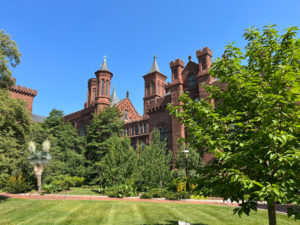 The Smithsonian Institution is legendary. I learned this at an exhibit: “The Smithsonian Institution started with a gift from an 18th-century English scientist named James Smithson who left his fortune to the United States, a country he had never seen. This exhibition looks at the history of the Smithsonian, focusing on its research, museums, and public programs in art, culture, history, and science and the role of the American public in the Smithsonian museums and research.
The Smithsonian Institution is legendary. I learned this at an exhibit: “The Smithsonian Institution started with a gift from an 18th-century English scientist named James Smithson who left his fortune to the United States, a country he had never seen. This exhibition looks at the history of the Smithsonian, focusing on its research, museums, and public programs in art, culture, history, and science and the role of the American public in the Smithsonian museums and research.
The Smithsonian is a partnership between its specialist staff and the American people. ”
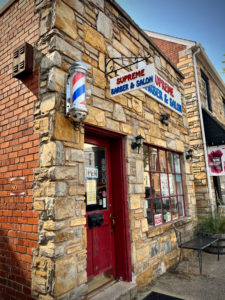
Walking around old Alexandria we ran into some old buildings.
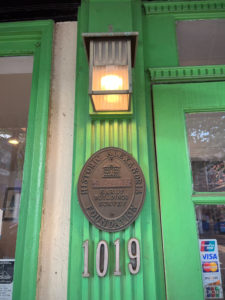
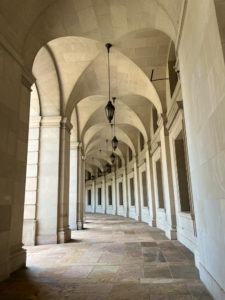 I’m not sure what this building is but we emerged from the underground Metro to this. Stunning.
I’m not sure what this building is but we emerged from the underground Metro to this. Stunning.
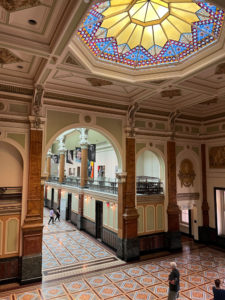 This is the National Portrait Gallery which is full of, you guessed it, portraits! Among other art pieces.
This is the National Portrait Gallery which is full of, you guessed it, portraits! Among other art pieces.
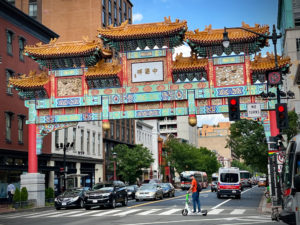 We didn’t go into Chinatown but found one of the entrances to it near the portrait gallery. Again, next time.
We didn’t go into Chinatown but found one of the entrances to it near the portrait gallery. Again, next time.
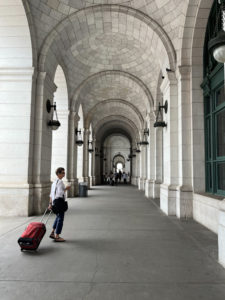 Here’s Ellen at Union Station, on our way to find the Amtrak train that will take us to New York City.
Here’s Ellen at Union Station, on our way to find the Amtrak train that will take us to New York City.
I hope you enjoyed the small sampling of the buildings we encountered on the D.C. portion of our June adventure.
Until next week, Happy Shooting!!
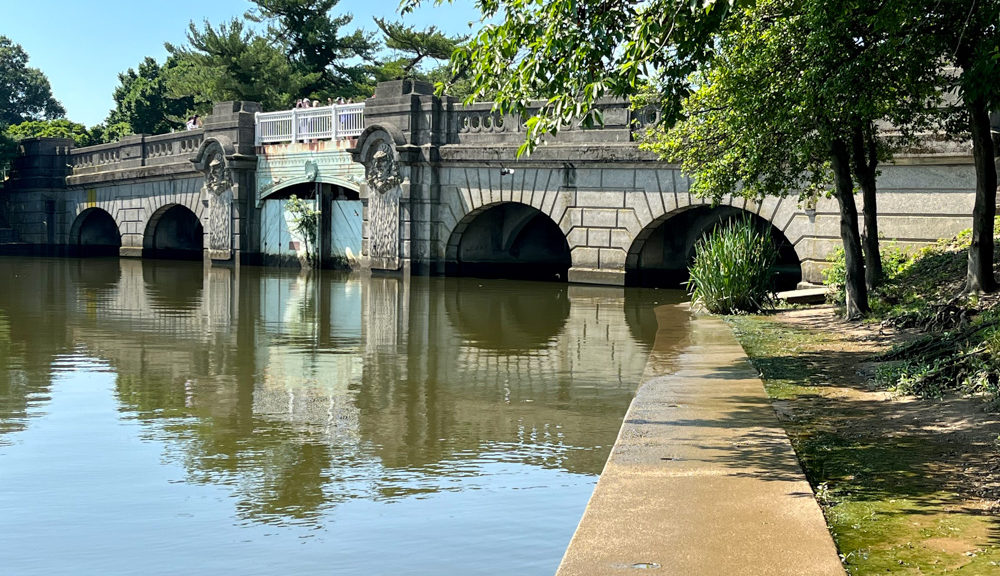
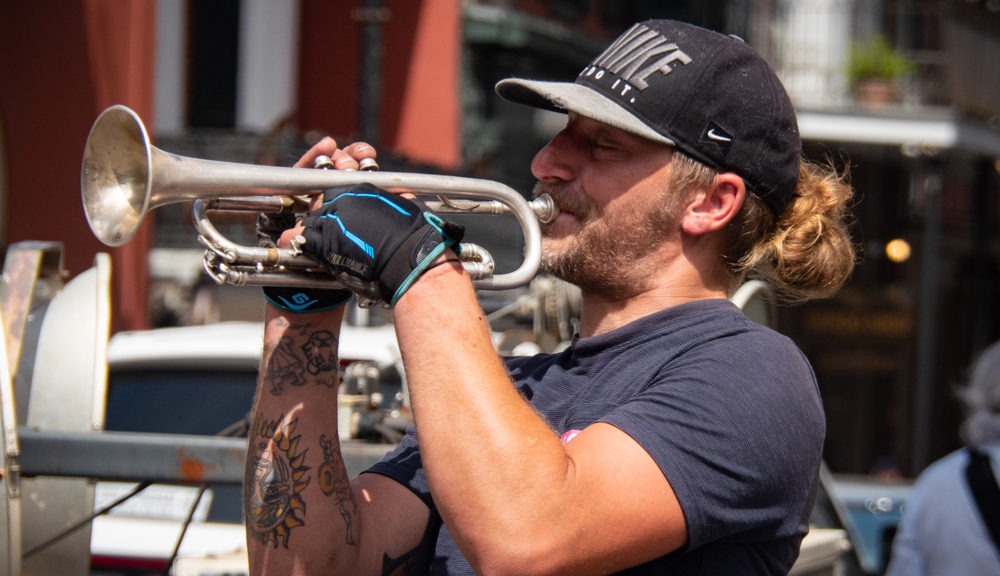
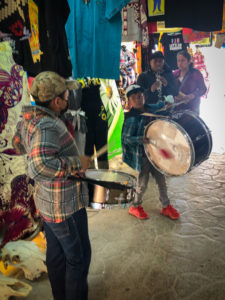
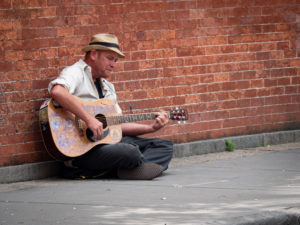
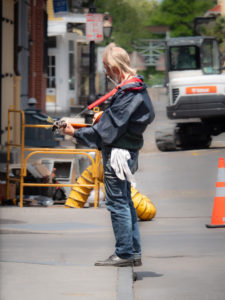
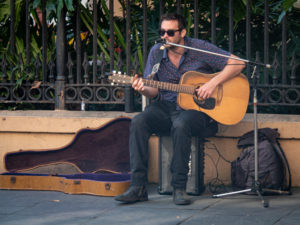
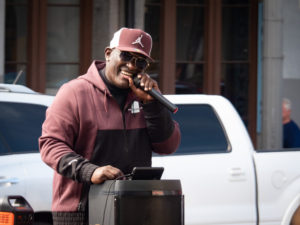 This guy had his karaoke music playing and was singing his heart out for a buck.
This guy had his karaoke music playing and was singing his heart out for a buck.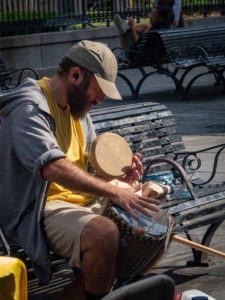 And some were just playing for themselves.
And some were just playing for themselves.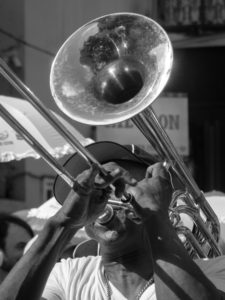
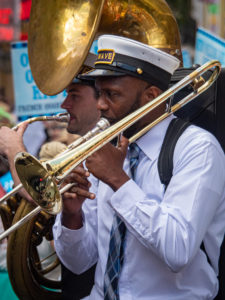
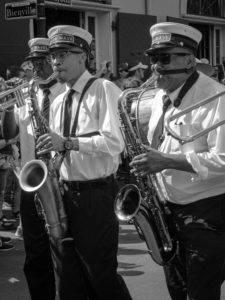
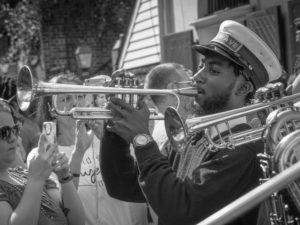
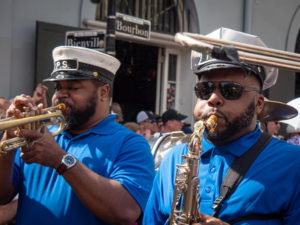
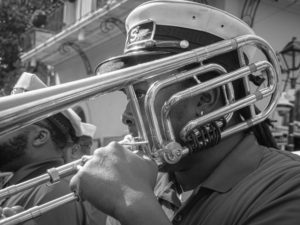
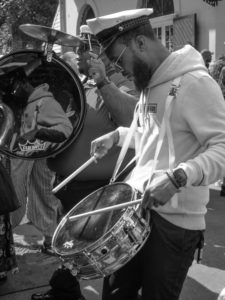
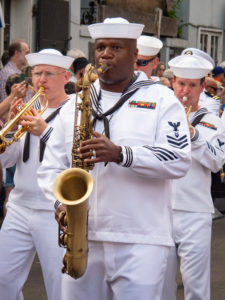
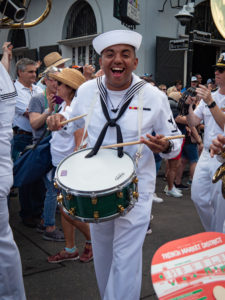
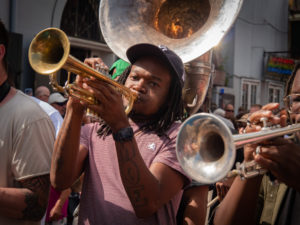
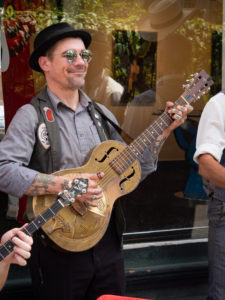
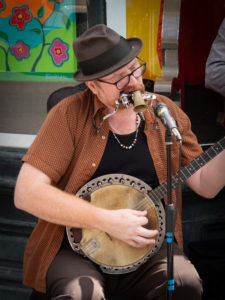
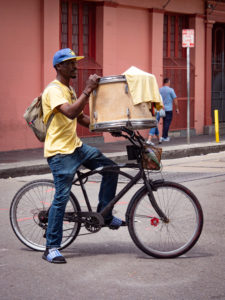 Raw talent if you ask me, riding a bike with this big drum.
Raw talent if you ask me, riding a bike with this big drum.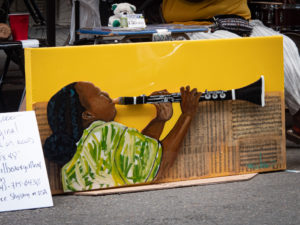
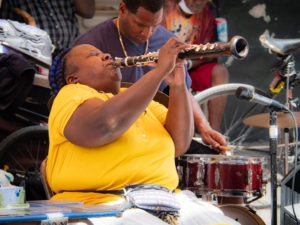
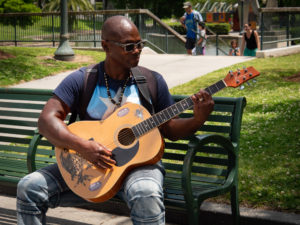 We ran into Mai-Mai (My-My?) near some statues in Armstrong Park. He was just hanging out on the park bench, chatting with people and playing his guitar. We listened and talked with him for a while. Such a sweet man.
We ran into Mai-Mai (My-My?) near some statues in Armstrong Park. He was just hanging out on the park bench, chatting with people and playing his guitar. We listened and talked with him for a while. Such a sweet man.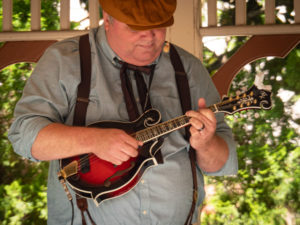 Dollywood had some great Bluegrass bands playing as well. The South definitely did not disappoint in the music department.
Dollywood had some great Bluegrass bands playing as well. The South definitely did not disappoint in the music department.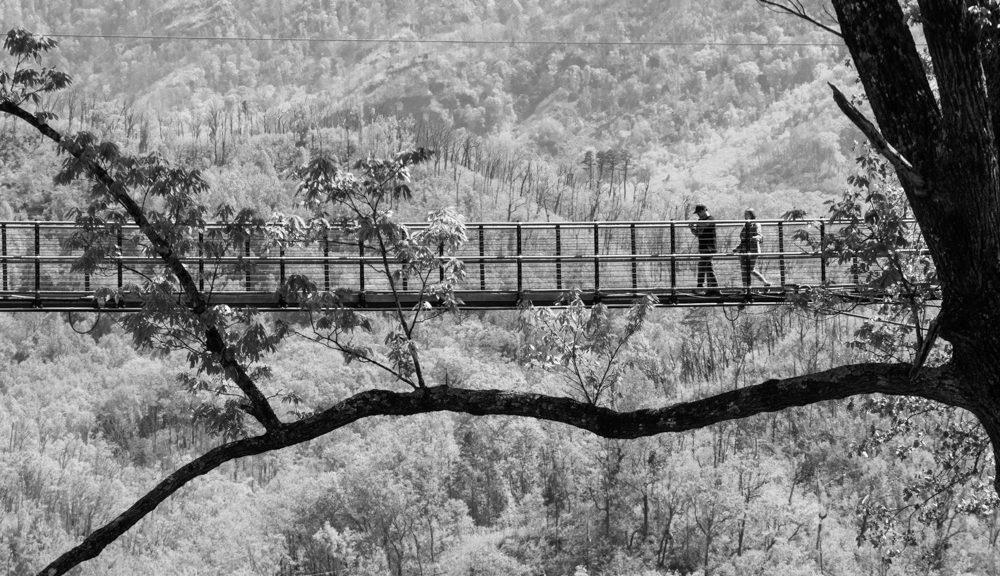
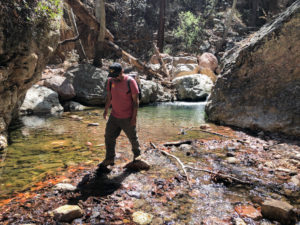 Portal was a busy two days and three nights. Our excursions included visiting the little town, following Michelle around on her daily house-sitting tour, a quick driving tour of the area including Rodeo, NM, and some campgrounds in the Chiricahua national monument, and a couple of short hikes, one to this watering hole and another to a beautiful vista in the monument.
Portal was a busy two days and three nights. Our excursions included visiting the little town, following Michelle around on her daily house-sitting tour, a quick driving tour of the area including Rodeo, NM, and some campgrounds in the Chiricahua national monument, and a couple of short hikes, one to this watering hole and another to a beautiful vista in the monument.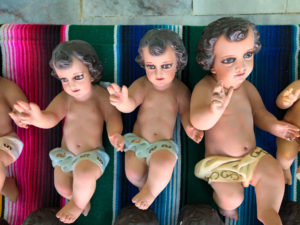 These little babies, maybe baby Jesus? were found in a store in Mexico. They were initially tagged as People, though that’s a stretch, and Art, another stretch. This is an example of an image not fitting in any of the initial main theme tags very well but they were seen on our excursion into Mexico.
These little babies, maybe baby Jesus? were found in a store in Mexico. They were initially tagged as People, though that’s a stretch, and Art, another stretch. This is an example of an image not fitting in any of the initial main theme tags very well but they were seen on our excursion into Mexico.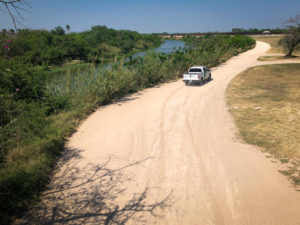 Heading into Mexico we crossed the famed Rio Grande River. Here is a border patrol truck driving the river frontage road. I have no idea how far this road goes or how many desperate people they encounter each day. The river is smaller than I had imagined.
Heading into Mexico we crossed the famed Rio Grande River. Here is a border patrol truck driving the river frontage road. I have no idea how far this road goes or how many desperate people they encounter each day. The river is smaller than I had imagined.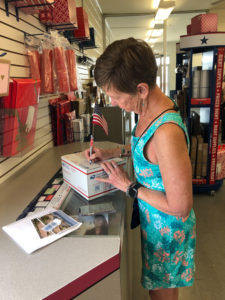 In the Harlingen area, we had several errands we ran. Here’s ellen at the post office mailing a package to her sister in Bellingham, WA. We also got the truck windows tinted, tried to get help fixing the outdoor shower leak, discovered some items we needed and did a Walmart run, went grocery shopping, saw a movie, hit a mall, and the like.
In the Harlingen area, we had several errands we ran. Here’s ellen at the post office mailing a package to her sister in Bellingham, WA. We also got the truck windows tinted, tried to get help fixing the outdoor shower leak, discovered some items we needed and did a Walmart run, went grocery shopping, saw a movie, hit a mall, and the like.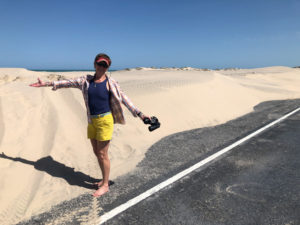 The sand dunes on SPI are tagged People, Nature, Excursions.
The sand dunes on SPI are tagged People, Nature, Excursions.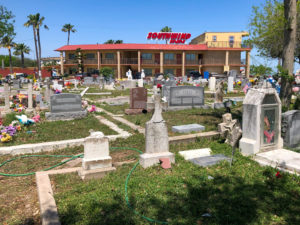
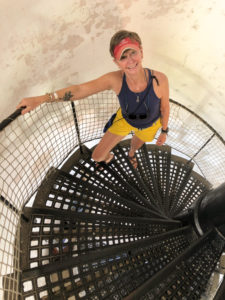 This image is tagged People, Buildings, Excursions as it is the stairway up to the top of the lighthouse.
This image is tagged People, Buildings, Excursions as it is the stairway up to the top of the lighthouse.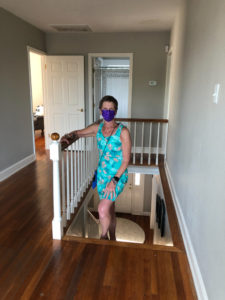 This is Ellen in her childhood home in Harlingen. Finding this home was the reason for our deep south Texas detour. It was such a wonderful experience. The owners were lovely and let us in to visit. Ellen told lots of stories of her adventures with her siblings in this house.
This is Ellen in her childhood home in Harlingen. Finding this home was the reason for our deep south Texas detour. It was such a wonderful experience. The owners were lovely and let us in to visit. Ellen told lots of stories of her adventures with her siblings in this house.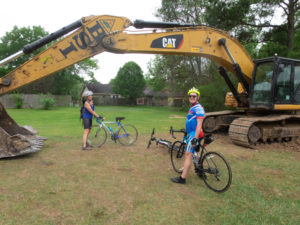
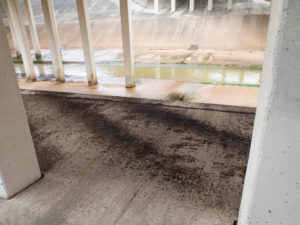
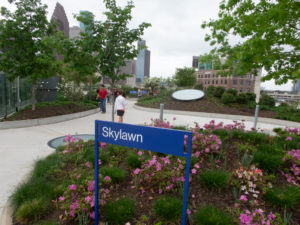
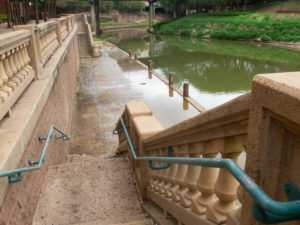 This is in downtown Houston where you can walk down to the bayou. It is said you can kayak in these waters although we did not see anyone in them.
This is in downtown Houston where you can walk down to the bayou. It is said you can kayak in these waters although we did not see anyone in them.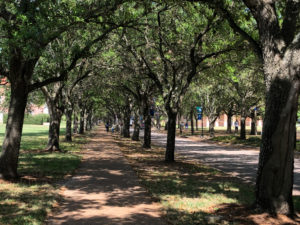
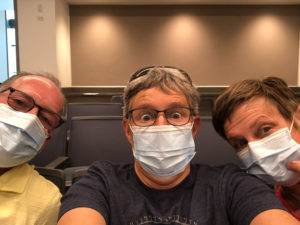
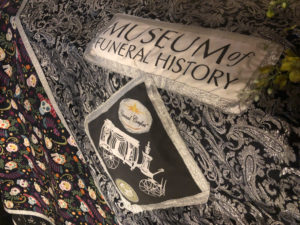
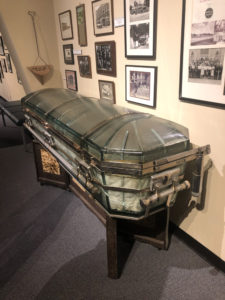
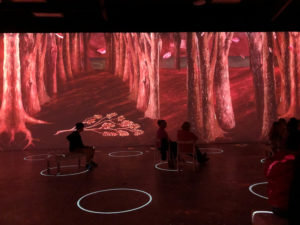
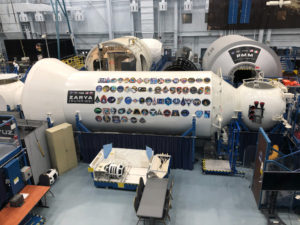
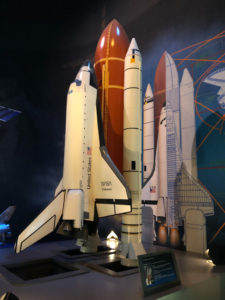
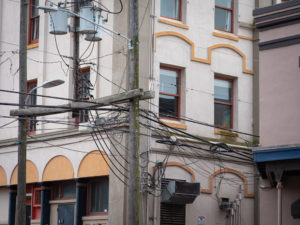 These electrical lines remind me of some I photographed in Kathmandu. During the 19th century, Galveston became a major U.S. commercial center and one of the largest ports in the United States. It was, for a time, Texas’ largest city, known as the “Queen City of the Gulf”. It was devastated by the unexpected Galveston Hurricane of 1900, whose effects included massive flooding and a storm surge that nearly wiped out the town. The natural disaster on the exposed barrier island is still ranked today as the deadliest in United States history, with an estimated death toll of between 6,000 to 12,000 people. The city subsequently reemerged during the Prohibition era of 1919–1933 as a leading tourist hub and a center of illegal gambling, nicknamed the Free State of Galveston until this era ended in the 1950s with subsequent other economic and social development.
These electrical lines remind me of some I photographed in Kathmandu. During the 19th century, Galveston became a major U.S. commercial center and one of the largest ports in the United States. It was, for a time, Texas’ largest city, known as the “Queen City of the Gulf”. It was devastated by the unexpected Galveston Hurricane of 1900, whose effects included massive flooding and a storm surge that nearly wiped out the town. The natural disaster on the exposed barrier island is still ranked today as the deadliest in United States history, with an estimated death toll of between 6,000 to 12,000 people. The city subsequently reemerged during the Prohibition era of 1919–1933 as a leading tourist hub and a center of illegal gambling, nicknamed the Free State of Galveston until this era ended in the 1950s with subsequent other economic and social development.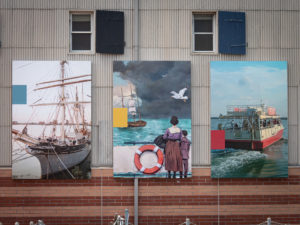
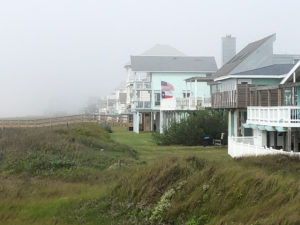
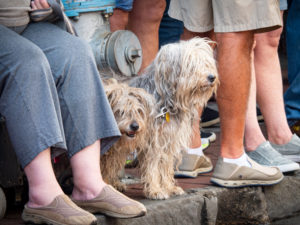 These two critters were taking in the festival parade. They could use a good brushing, don’t ya think?
These two critters were taking in the festival parade. They could use a good brushing, don’t ya think?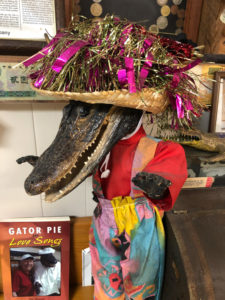 This critter was at our Cajun Restaurant where we ate after the morning at the plantation.
This critter was at our Cajun Restaurant where we ate after the morning at the plantation.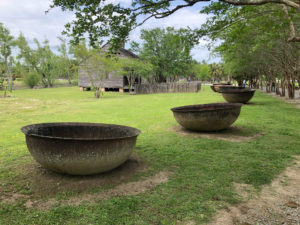 These big round containers had something to do with raising and processing sugar. The slave quarters are in the background.
These big round containers had something to do with raising and processing sugar. The slave quarters are in the background.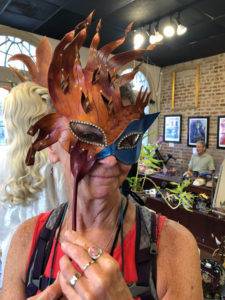
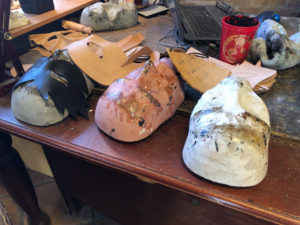
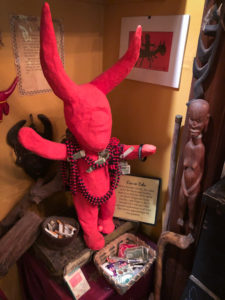 Again with the Voodoo Museum. There was so much fascinating information in there.
Again with the Voodoo Museum. There was so much fascinating information in there.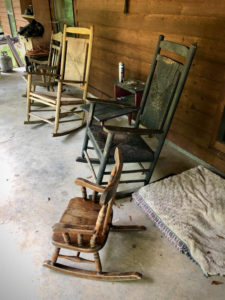
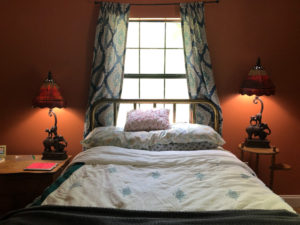
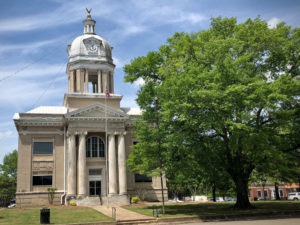
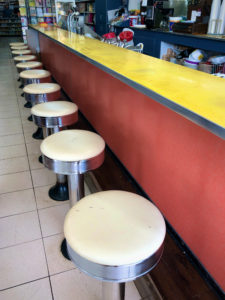
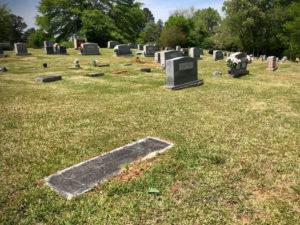
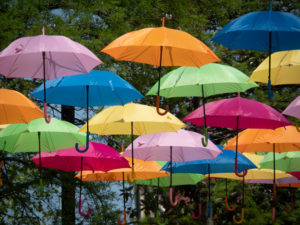
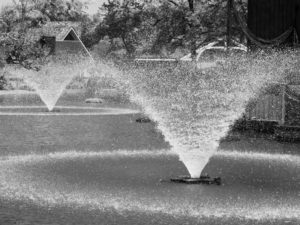
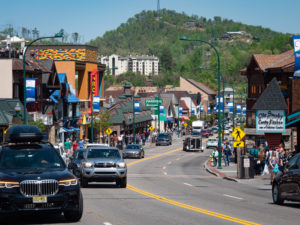
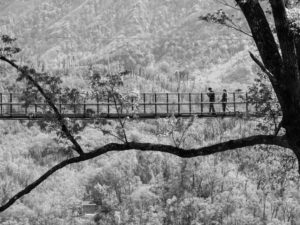
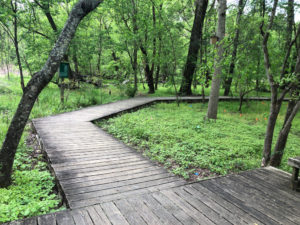
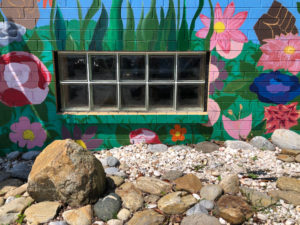
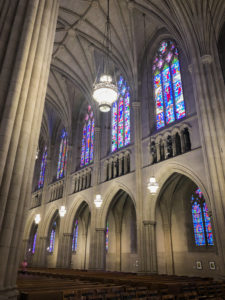
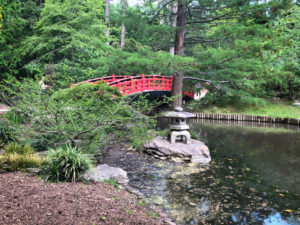
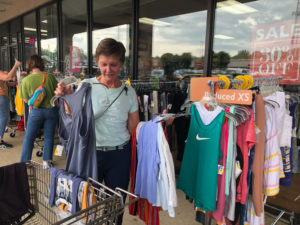 Five states later we are in Cincinnati for a week! Following a day in the ER with Akacia she rallied and we thrifted.
Five states later we are in Cincinnati for a week! Following a day in the ER with Akacia she rallied and we thrifted.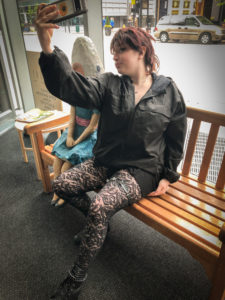 We tried to go to the shark girl museum but had lunch instead.
We tried to go to the shark girl museum but had lunch instead.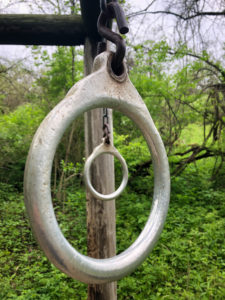
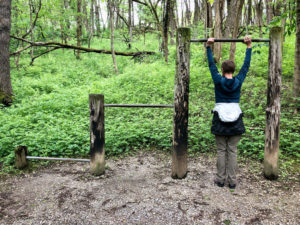
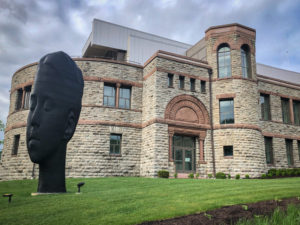 We also walked around Eden Park and saw great views of the city.
We also walked around Eden Park and saw great views of the city.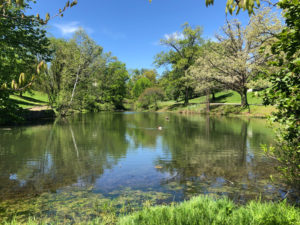 We found this beautiful pond at Spring Grove Cemetery. Spring Grove Cemetery and Arboretum is a nonprofit rural cemetery and arboretum in Cincinnati, Ohio. It is the third largest cemetery in the United States and is recognized as a US National Historic Landmark.
We found this beautiful pond at Spring Grove Cemetery. Spring Grove Cemetery and Arboretum is a nonprofit rural cemetery and arboretum in Cincinnati, Ohio. It is the third largest cemetery in the United States and is recognized as a US National Historic Landmark.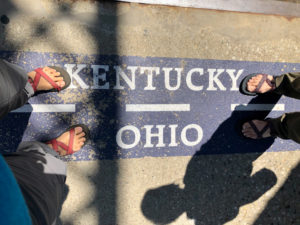
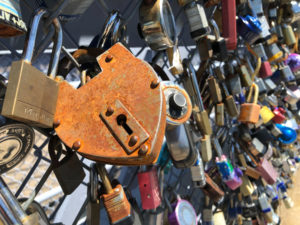
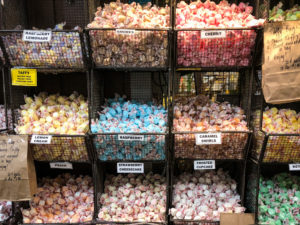
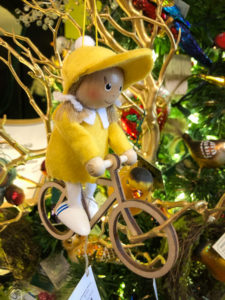
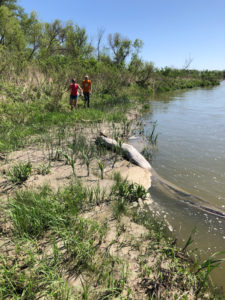
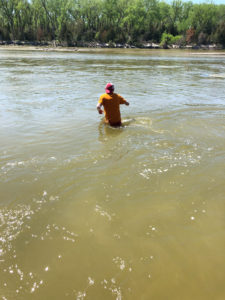
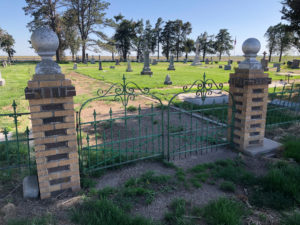 That afternoon went to a local cemetery where my birthfather is buried as well as several members of Jonathan’s family. They have been on this farm for over 100 years. The next day we donned beekeeping suits and helped with some bee boxes. Later that day we helped extract honey and bottle it. SO cool!
That afternoon went to a local cemetery where my birthfather is buried as well as several members of Jonathan’s family. They have been on this farm for over 100 years. The next day we donned beekeeping suits and helped with some bee boxes. Later that day we helped extract honey and bottle it. SO cool!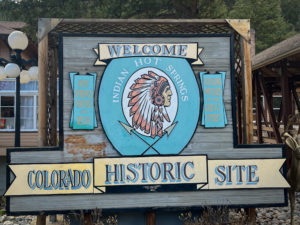
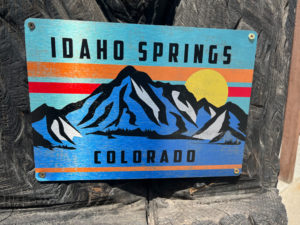
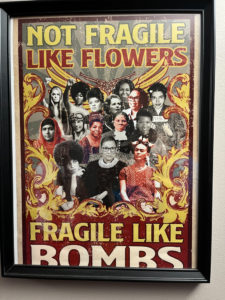
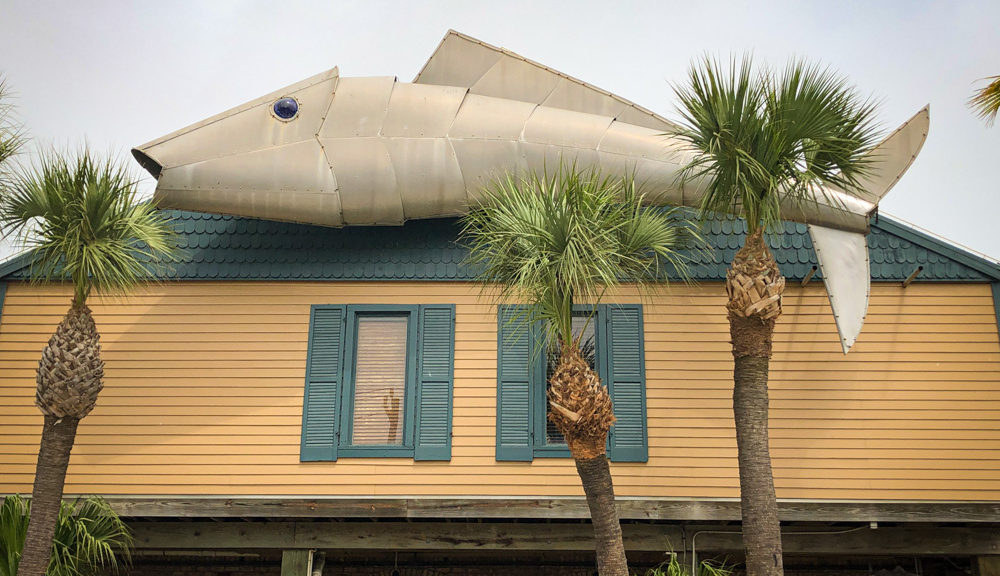
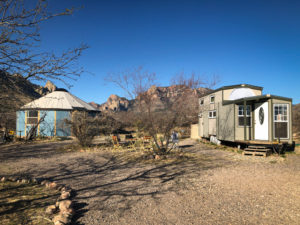
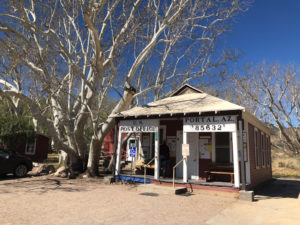
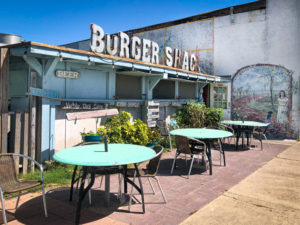
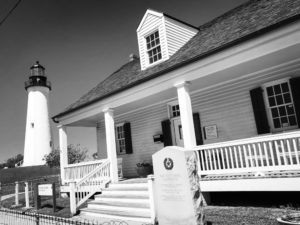
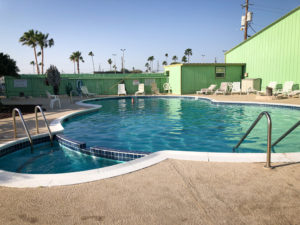 This is the pool at our funky RV park in Walasco. It was heaven. We mostly had it to ourselves as most park inhabitants had already fled the heat and gone back to Canada.
This is the pool at our funky RV park in Walasco. It was heaven. We mostly had it to ourselves as most park inhabitants had already fled the heat and gone back to Canada.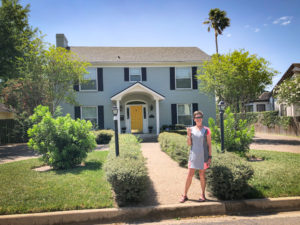 This is Ellen’s childhood home. The owners were SO lovely and let us come in a poke around. Ellen shared childhood stories she could recall and it was fun to listen to how the house USED to be when she was a kid.
This is Ellen’s childhood home. The owners were SO lovely and let us come in a poke around. Ellen shared childhood stories she could recall and it was fun to listen to how the house USED to be when she was a kid.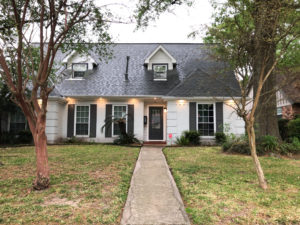
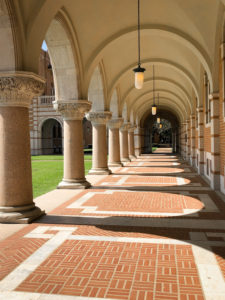
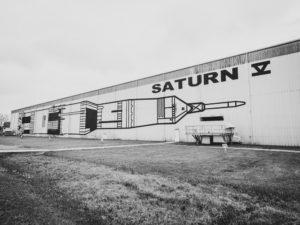 On our way to Galveston, we couldn’t pass up the Johnson Space Center. We did a tour of the grounds and drove by this building that still contains a Saturn V rocket. It was really long.
On our way to Galveston, we couldn’t pass up the Johnson Space Center. We did a tour of the grounds and drove by this building that still contains a Saturn V rocket. It was really long.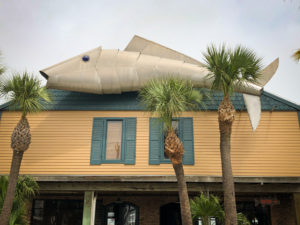 On to Galveston. The above image had three main theme hits, animals, art, and buildings. I chose to share it in buildings. I believe this was part of a restaurant.
On to Galveston. The above image had three main theme hits, animals, art, and buildings. I chose to share it in buildings. I believe this was part of a restaurant.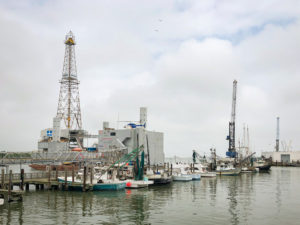 We found an oil rig museum that was quite interesting.
We found an oil rig museum that was quite interesting.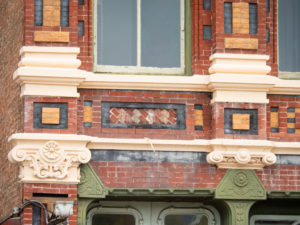 There were a lot of beautiful buildings in Galveston. Some had plaques on them that announced that they had survived the big hurricane of 1900.
There were a lot of beautiful buildings in Galveston. Some had plaques on them that announced that they had survived the big hurricane of 1900.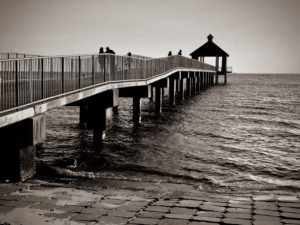
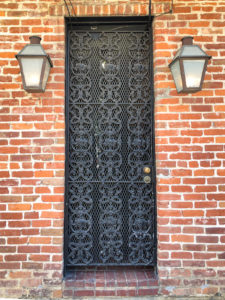
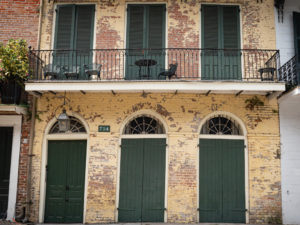
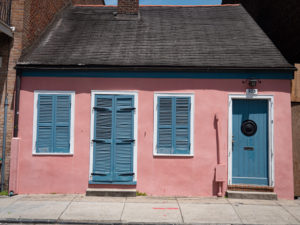
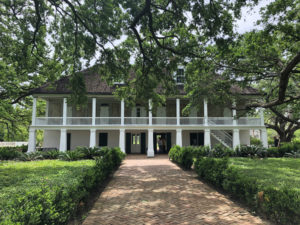 This is a view of the main house of the Whitney Plantation. Such beautiful grounds but such devastating human stories.
This is a view of the main house of the Whitney Plantation. Such beautiful grounds but such devastating human stories.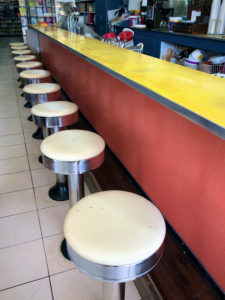
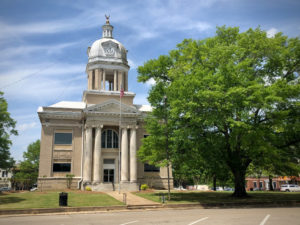
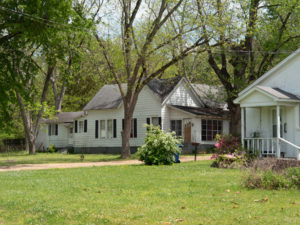
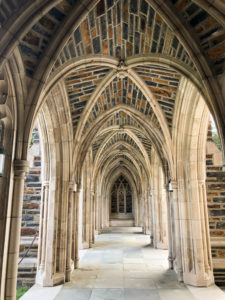
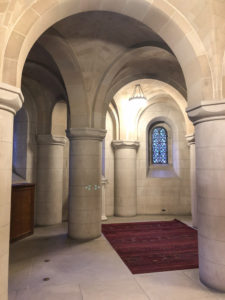
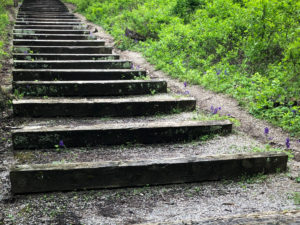 On to Cincinnati! We found this set of steps on a trail in the middle of the city.
On to Cincinnati! We found this set of steps on a trail in the middle of the city.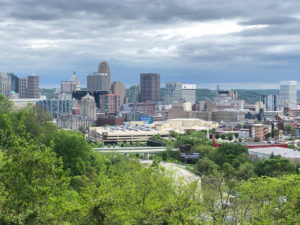
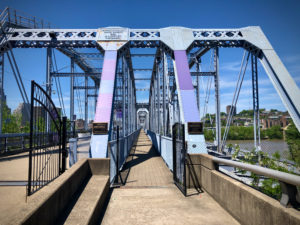
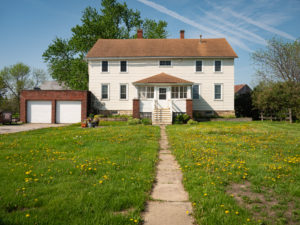
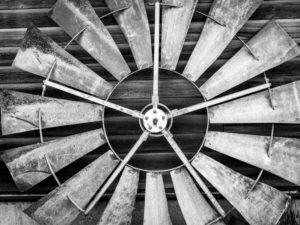
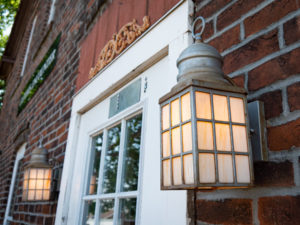
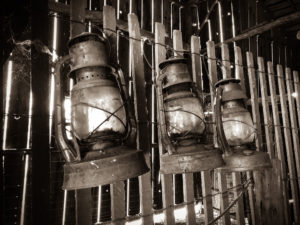
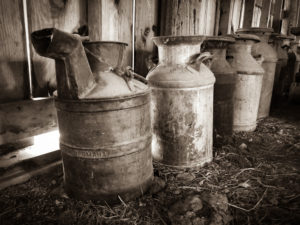
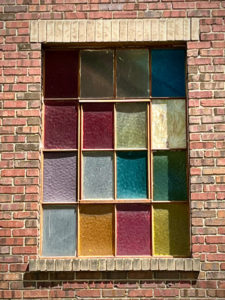
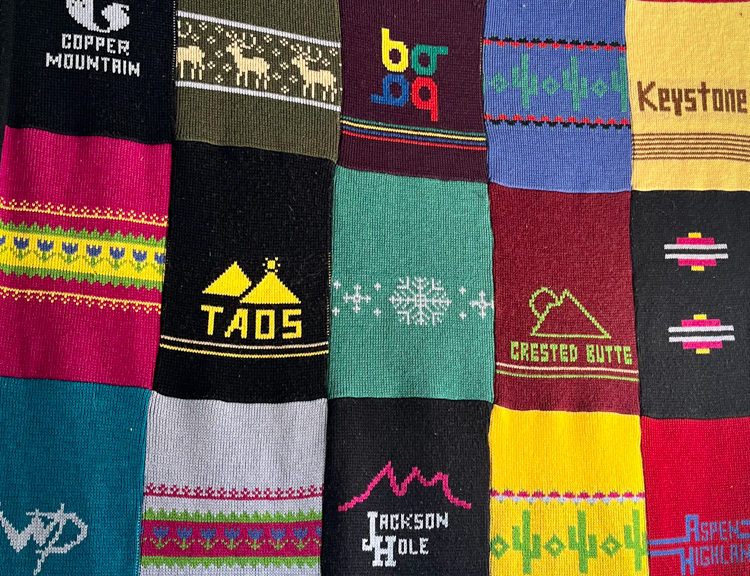
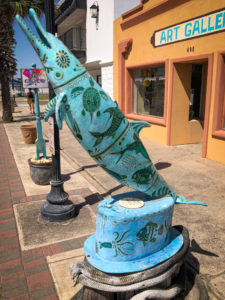 iPhone 8
iPhone 8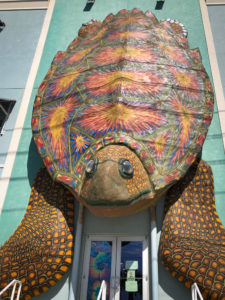 iPhone 8
iPhone 8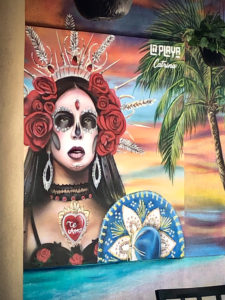 iPhone 8
iPhone 8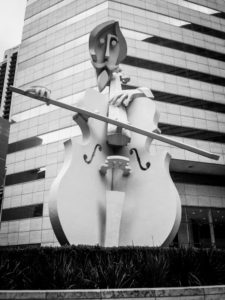 Canon S120 Powershot
Canon S120 Powershot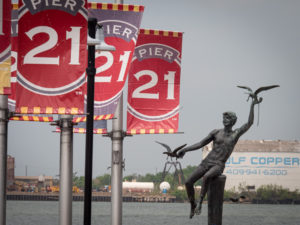 Lumix
Lumix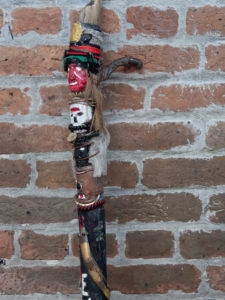 Lumix
Lumix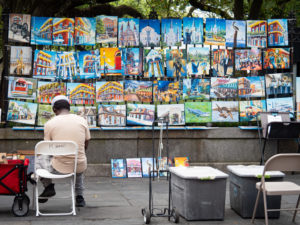 Lumix
Lumix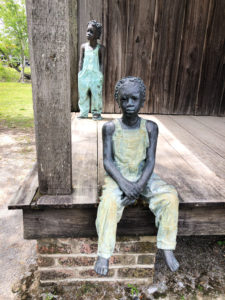 Lumix
Lumix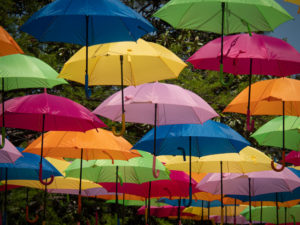 Lumix
Lumix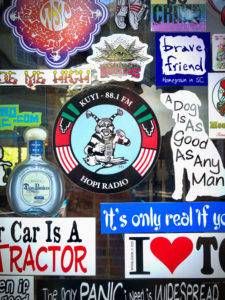 iPhone 8
iPhone 8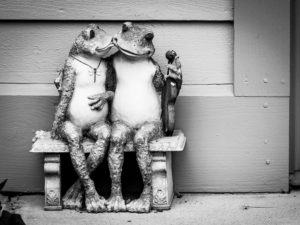 Lumix
Lumix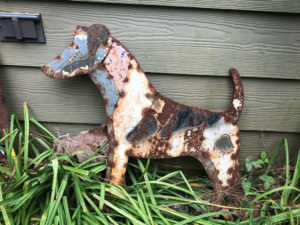 iPhone 8
iPhone 8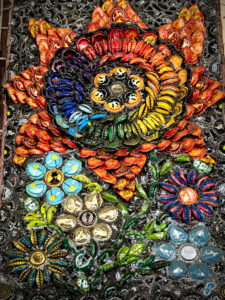 iPhone 8
iPhone 8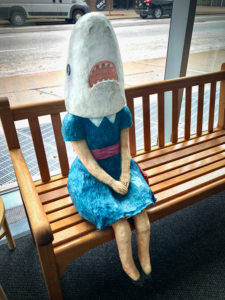 iPhone 8
iPhone 8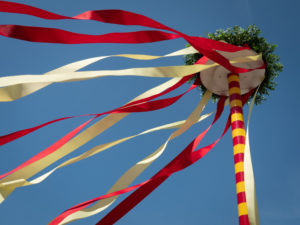 Lumix
Lumix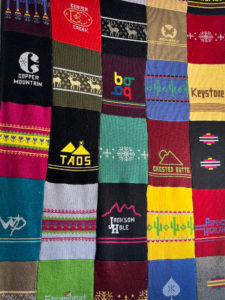 iPhone 8
iPhone 8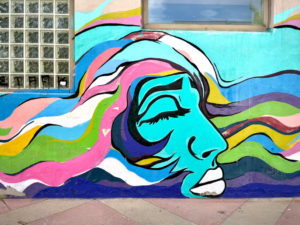 iPhone 8
iPhone 8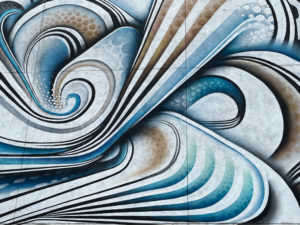 iPhone 8
iPhone 8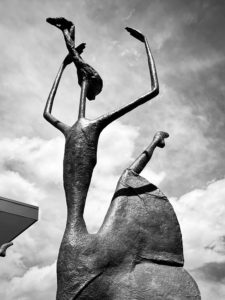 iPhone 8
iPhone 8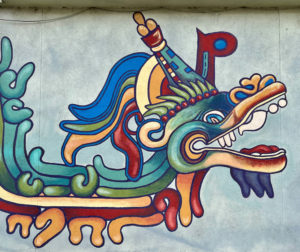 iPhone 8
iPhone 8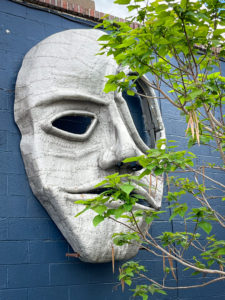 iPhone 8
iPhone 8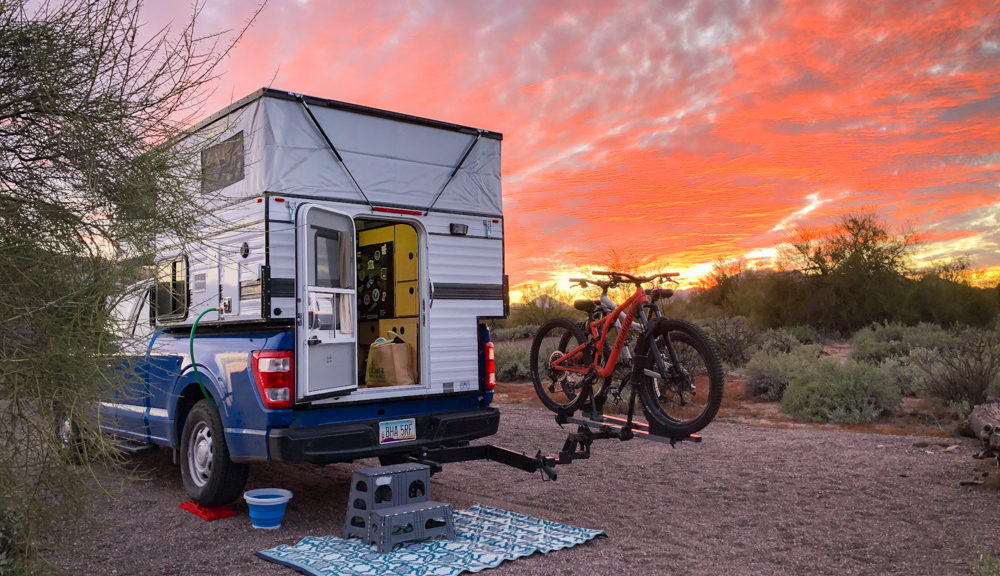
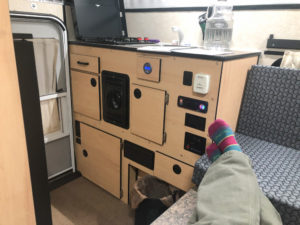
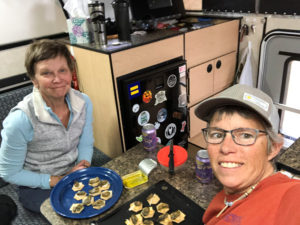
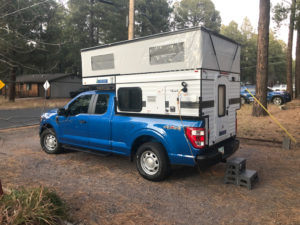
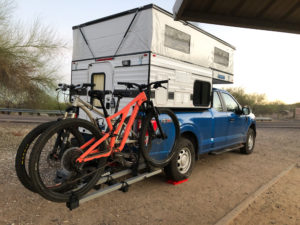
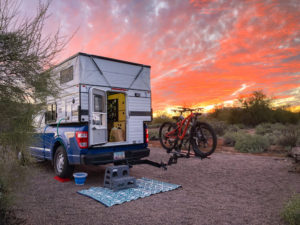
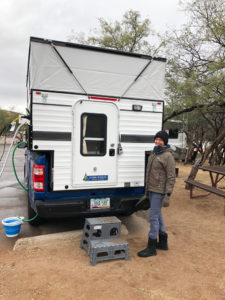 The other item we recently fixed, with the help of our brilliant friend Rod Horn, was the after-market backup camera. Ours disappeared when we took off the tailgate. Rod machined a bracket that goes over the license plate and he was able to attach the backup camera to it. Works like a charm.
The other item we recently fixed, with the help of our brilliant friend Rod Horn, was the after-market backup camera. Ours disappeared when we took off the tailgate. Rod machined a bracket that goes over the license plate and he was able to attach the backup camera to it. Works like a charm.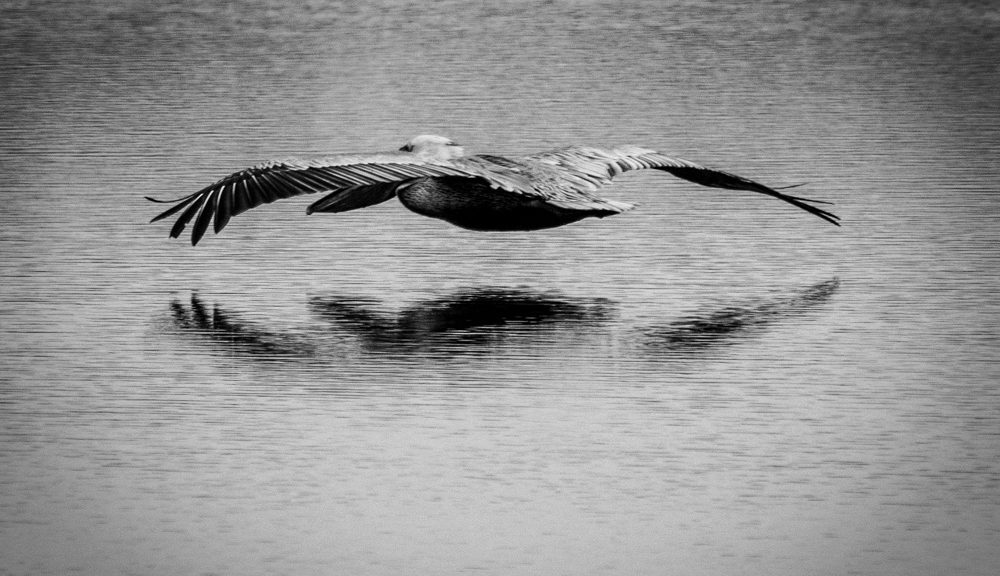
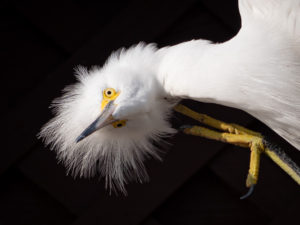
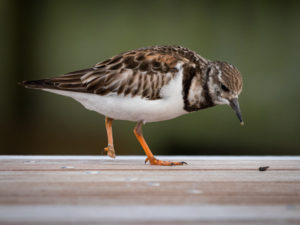 This Ruddy Turnstone was wandering the pier. I hadn’t noticed he had lost a foot until I downloaded the image.
This Ruddy Turnstone was wandering the pier. I hadn’t noticed he had lost a foot until I downloaded the image.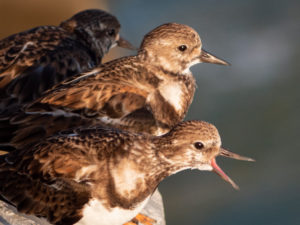 More Ruddy Turnstones squawking out below the railings along the pier.
More Ruddy Turnstones squawking out below the railings along the pier.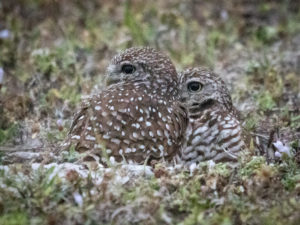
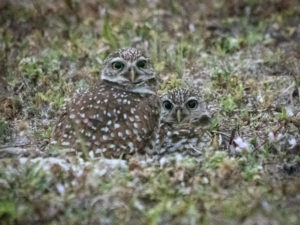
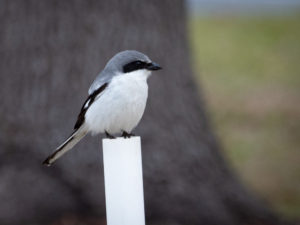 I found this Loggerhead Shrike hanging out on a post.
I found this Loggerhead Shrike hanging out on a post.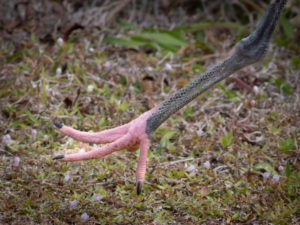 This Wood Stork was showing off her new pedicure.
This Wood Stork was showing off her new pedicure.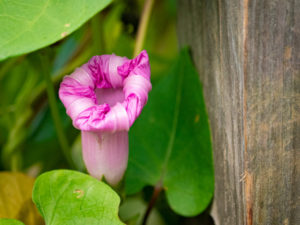 If you can look past the birds there are some pretty cool plants in Florida as well.
If you can look past the birds there are some pretty cool plants in Florida as well.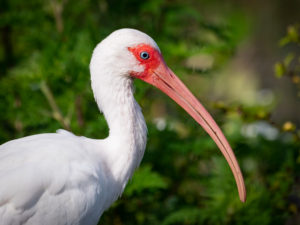 The White Ibis. As common in Florida as pigeons.
The White Ibis. As common in Florida as pigeons.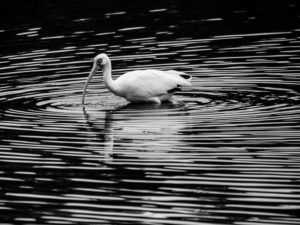 Florida Pigeion (White Ibis)
Florida Pigeion (White Ibis)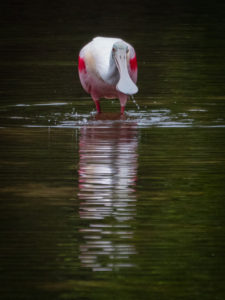 Roseate Spoonbill, a crowd favorite.
Roseate Spoonbill, a crowd favorite.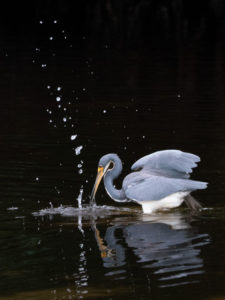 A fishing Tri-Colored Heron.
A fishing Tri-Colored Heron.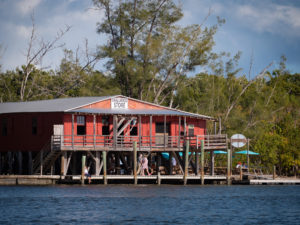 This was our lunch spot. See the green umbrellas behind the building? We ate at those tables. At this point, I believe we were either in or at least at the edge of Everglades National Park.
This was our lunch spot. See the green umbrellas behind the building? We ate at those tables. At this point, I believe we were either in or at least at the edge of Everglades National Park.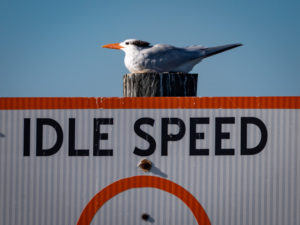
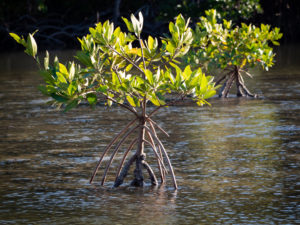 A couple of baby mangroves taking root.
A couple of baby mangroves taking root.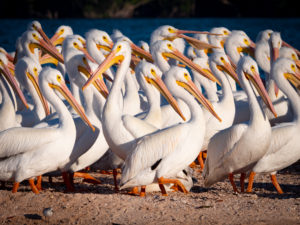 Our captain showed us an Osprey nest, a Bald Eagle nest, a shell island built by Native People over hundreds of years, and a spit of land that housed these White Pelicans. They were chillin’ on the beach until we floated a little too close. They then got into formation, except for the one guy, and tried to march but had nowhere to go. We motored back away from them and everyone mellowed out.
Our captain showed us an Osprey nest, a Bald Eagle nest, a shell island built by Native People over hundreds of years, and a spit of land that housed these White Pelicans. They were chillin’ on the beach until we floated a little too close. They then got into formation, except for the one guy, and tried to march but had nowhere to go. We motored back away from them and everyone mellowed out.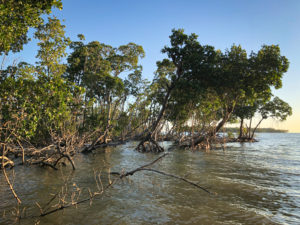 We toured an area full of islands like this. We had a regular prop boat, not an airboat like they use in the thick of the Everglades. All three boats met up at sundown at one particular island where many birds go to roost for the evening. It was quite a sight.
We toured an area full of islands like this. We had a regular prop boat, not an airboat like they use in the thick of the Everglades. All three boats met up at sundown at one particular island where many birds go to roost for the evening. It was quite a sight.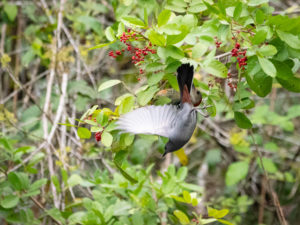
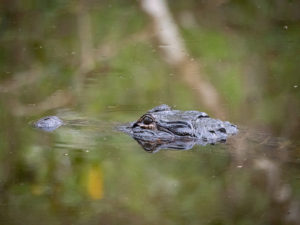 AND! An alligator.
AND! An alligator.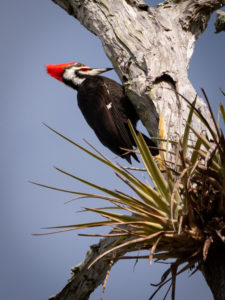 Woody Woodpecker made an appearance on our way back to the vehicles. We heard him for most of the trek in so when he finally made himself seen everyone was quite excited.
Woody Woodpecker made an appearance on our way back to the vehicles. We heard him for most of the trek in so when he finally made himself seen everyone was quite excited.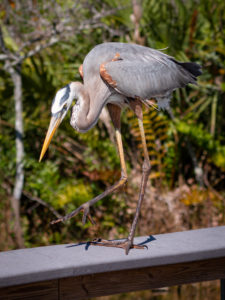
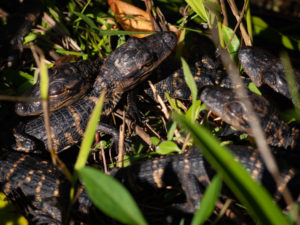 These little guys attracted a crowd. They were literally at our feet in the weeds. Just across the way was mama. She never seemed too concerned, luckily.
These little guys attracted a crowd. They were literally at our feet in the weeds. Just across the way was mama. She never seemed too concerned, luckily.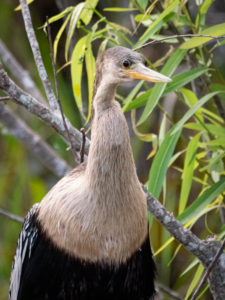 A goofy-looking Anhinga.
A goofy-looking Anhinga.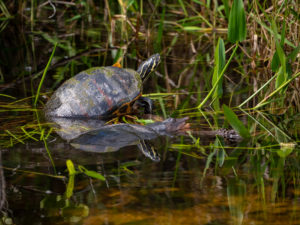 Two different types of turtles, one on the stick and one just below it in the water.
Two different types of turtles, one on the stick and one just below it in the water.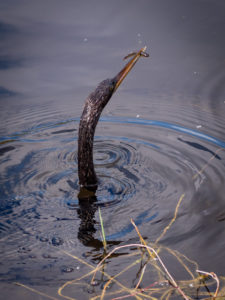 This Anhinga was swimming underwater like a snake. He’d come up for air and usually had a little fish in its bill. It was such a great place to shoot because you could follow his path on the footpath. The canal was narrow enough that the animals were never too far away.
This Anhinga was swimming underwater like a snake. He’d come up for air and usually had a little fish in its bill. It was such a great place to shoot because you could follow his path on the footpath. The canal was narrow enough that the animals were never too far away.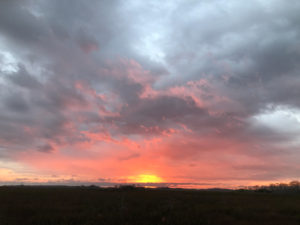 Sunrise was beautiful.
Sunrise was beautiful.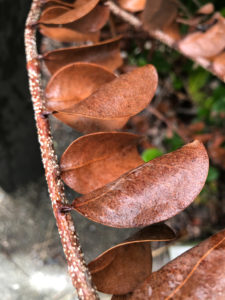
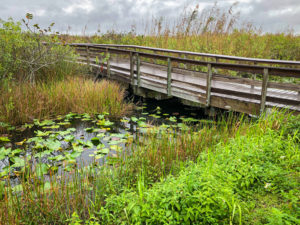 The boardwalks were super cool. Even if I wasn’t super inspired to shoot I was really glad just to be there and enjoy the magic that is the Everglades.
The boardwalks were super cool. Even if I wasn’t super inspired to shoot I was really glad just to be there and enjoy the magic that is the Everglades.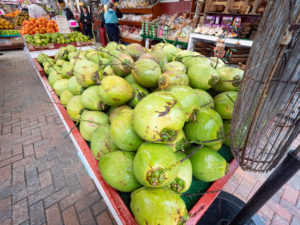
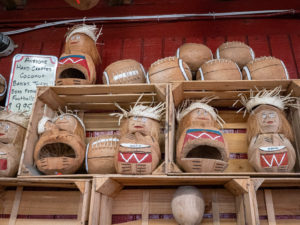 Read the sign to the left of the coconut carvings to see what they actually are.
Read the sign to the left of the coconut carvings to see what they actually are.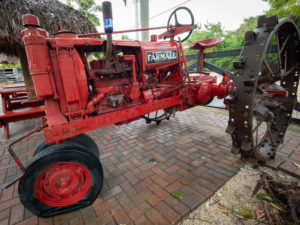 They also had quite the collection of old tractors.
They also had quite the collection of old tractors.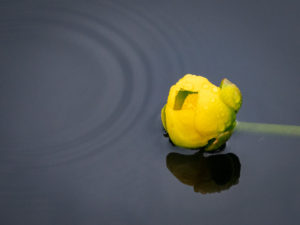
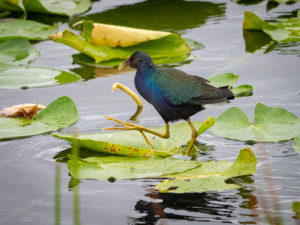 This Purple Gallinule has some BIG feet! He uses them to run across the tops of the lilypads. In sunlight, he is VERY iridescent. But seriously, those FEET!
This Purple Gallinule has some BIG feet! He uses them to run across the tops of the lilypads. In sunlight, he is VERY iridescent. But seriously, those FEET!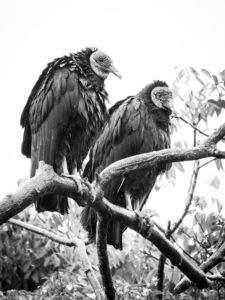 Hanging out in the rain.
Hanging out in the rain.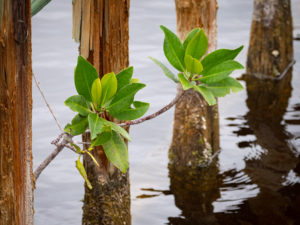
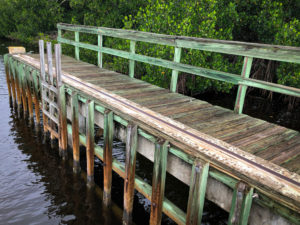
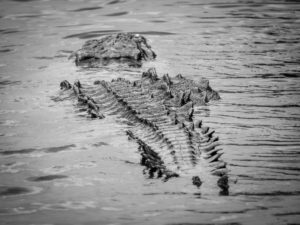
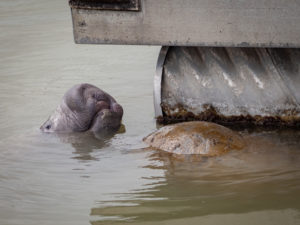 The manatees were drinking drips coming off the floating dock.
The manatees were drinking drips coming off the floating dock.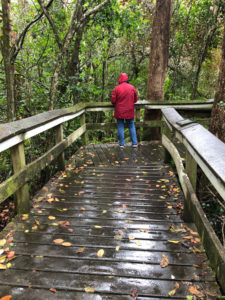
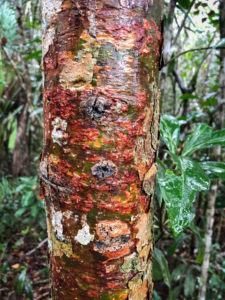
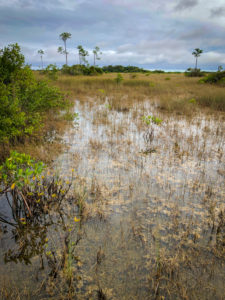
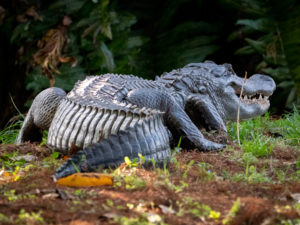
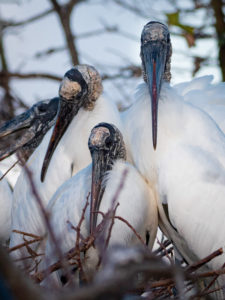
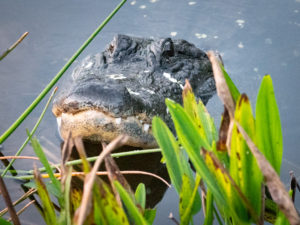
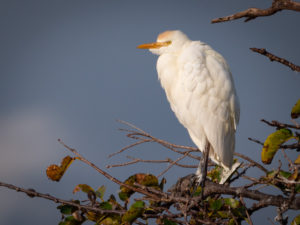
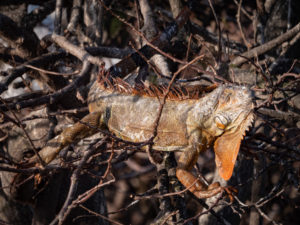 Apparently the week before, these guys were falling out of trees it was so cold.
Apparently the week before, these guys were falling out of trees it was so cold.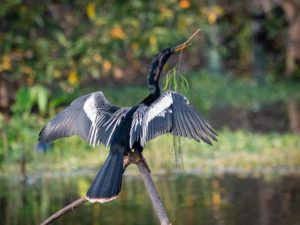 There was a LOT of nesting and courtship activity.
There was a LOT of nesting and courtship activity.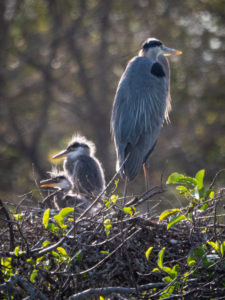 Baby Great Blue Herons!! They are definitely ugly cute. They were the only babies I saw. The rest were in preparation.
Baby Great Blue Herons!! They are definitely ugly cute. They were the only babies I saw. The rest were in preparation.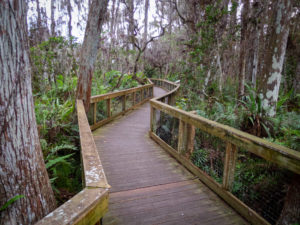
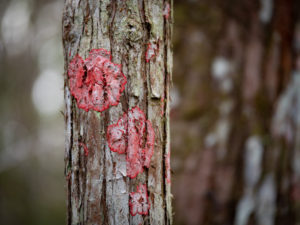
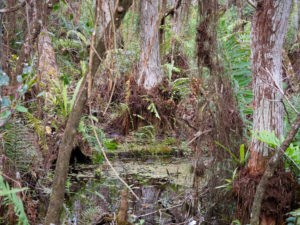
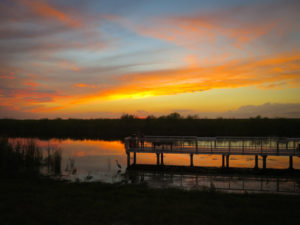
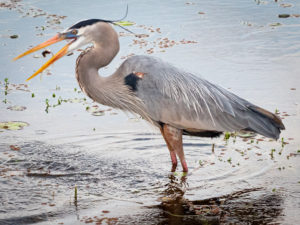
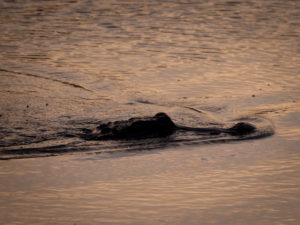
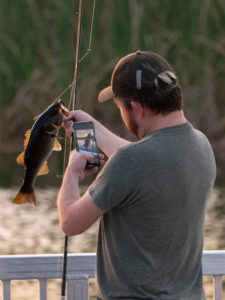
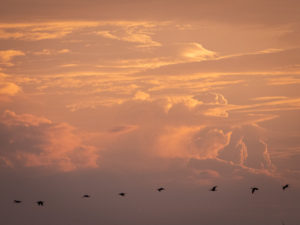
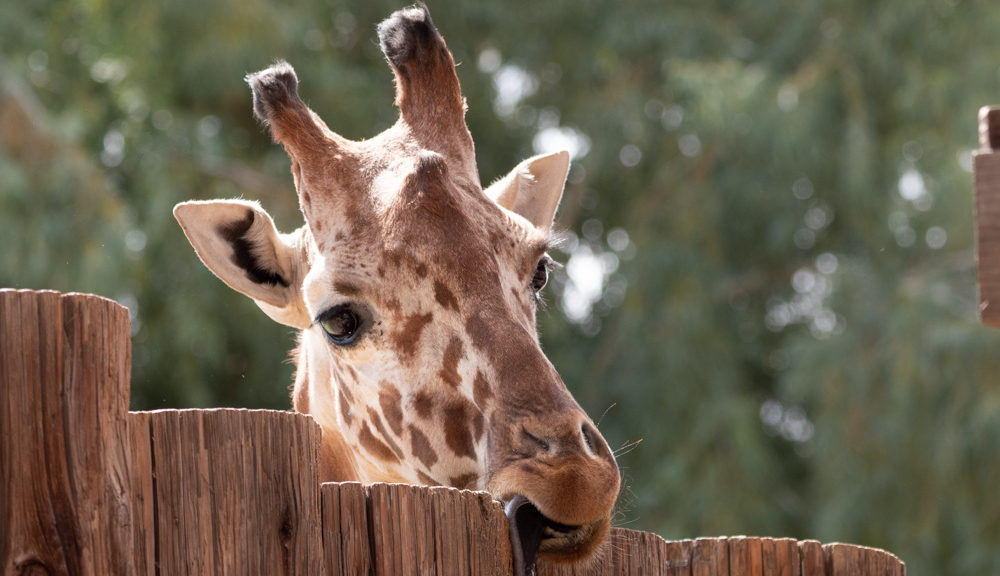
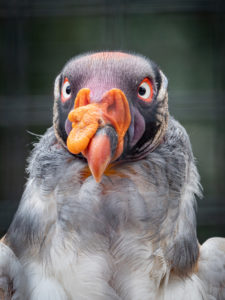 The fence in this image is so blurred it almost appears as part of the background.
The fence in this image is so blurred it almost appears as part of the background.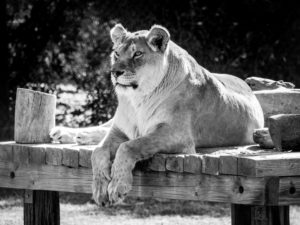 This lioness was watching the day go by behind a chainlink fence.
This lioness was watching the day go by behind a chainlink fence.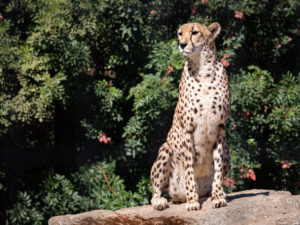 All the animals were quite active on that day. We’re assuming due to a cool front moving through the state.
All the animals were quite active on that day. We’re assuming due to a cool front moving through the state.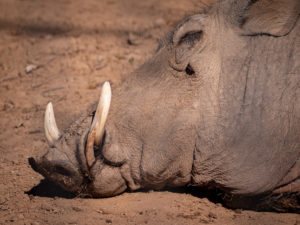 “Pumba, you ARE a pig”. The warthogs were also behind a fence. Again, the fence is so blurred it’s barely noticeable.
“Pumba, you ARE a pig”. The warthogs were also behind a fence. Again, the fence is so blurred it’s barely noticeable.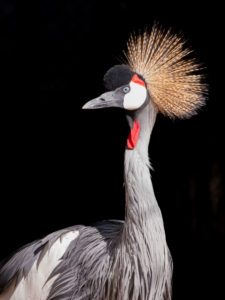 This crane image was captured on the safari tram through Africa. I was able to use Lightroom to grab the background, take down the exposure to make it appear as shade, and highlight her (his?) beauty.
This crane image was captured on the safari tram through Africa. I was able to use Lightroom to grab the background, take down the exposure to make it appear as shade, and highlight her (his?) beauty.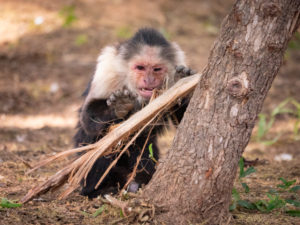 This little guy was on a monkey island across some water. He was going to town on a piece of tree. His little old man expressions were super cute.
This little guy was on a monkey island across some water. He was going to town on a piece of tree. His little old man expressions were super cute.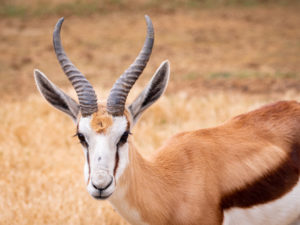 Again from the Safari Tram ride, we saw this gazelle.
Again from the Safari Tram ride, we saw this gazelle.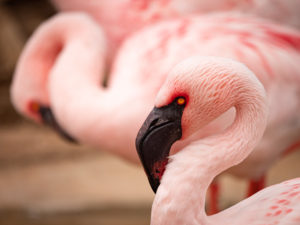 Zombie Flamingo Appocolypse?
Zombie Flamingo Appocolypse?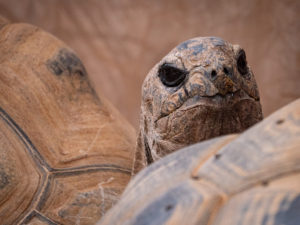
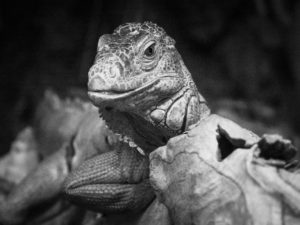
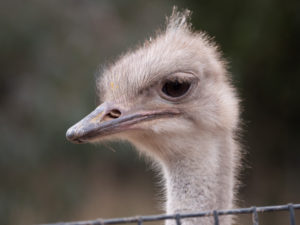 You can see the fence that this ostrich was behind. He (she?) was pretty close. Apparently, the ostrich is not the sharpest tool in the shed. They do, however, provide for some great facial expressions.
You can see the fence that this ostrich was behind. He (she?) was pretty close. Apparently, the ostrich is not the sharpest tool in the shed. They do, however, provide for some great facial expressions.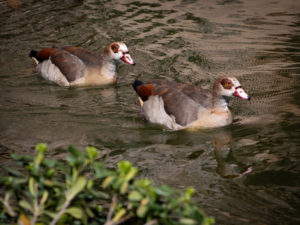 Egyptian Geese.
Egyptian Geese.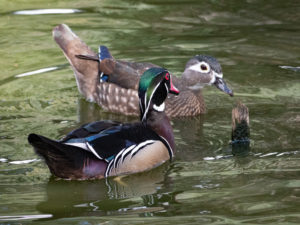 A pair of wood ducks with her in full mating regalia. I caught them just before they, well, YOU know, they tried making baby ducks. I hope they were successful.
A pair of wood ducks with her in full mating regalia. I caught them just before they, well, YOU know, they tried making baby ducks. I hope they were successful.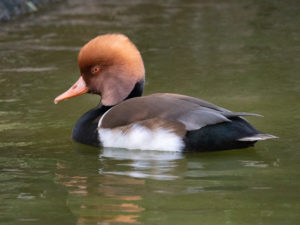 A beautiful Red-Crested Pochard looking for a mate.
A beautiful Red-Crested Pochard looking for a mate.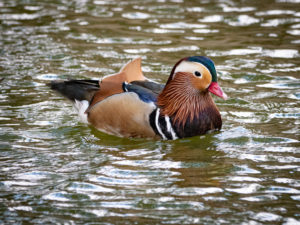 A very colorful Mandarin Duck strutting his stuff.
A very colorful Mandarin Duck strutting his stuff.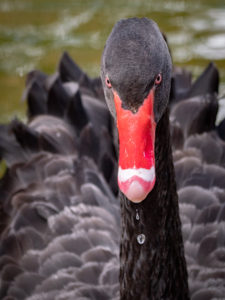 There were even a couple of majestic black swans.
There were even a couple of majestic black swans.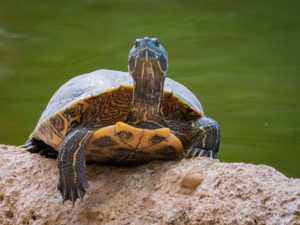 …and a turtle.
…and a turtle.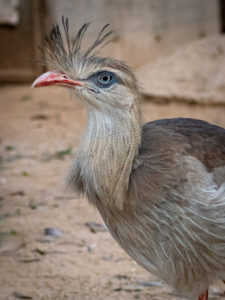
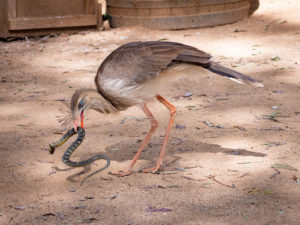
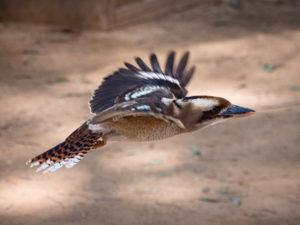
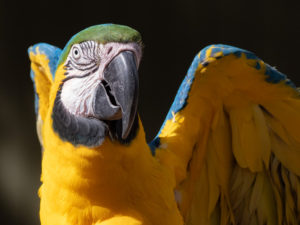 Macaws close up are always nifty.
Macaws close up are always nifty.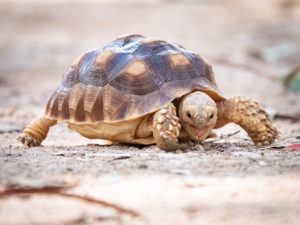
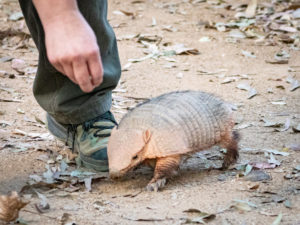
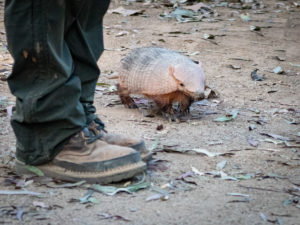
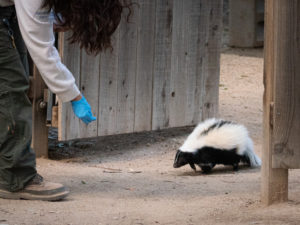 This one always makes me nervous. But he (she?) performed wonderfully. He came out in front of the stage and was quite well behaved, keeping all parts of himself…TO himself.
This one always makes me nervous. But he (she?) performed wonderfully. He came out in front of the stage and was quite well behaved, keeping all parts of himself…TO himself.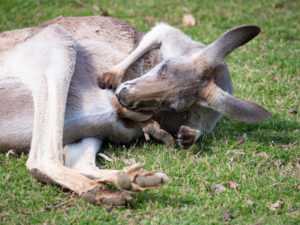
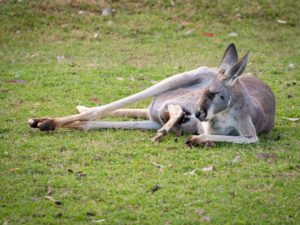
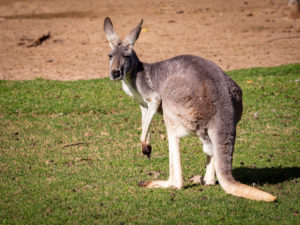
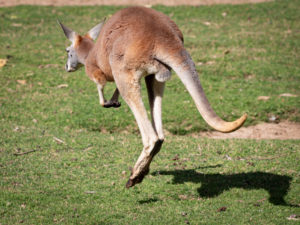
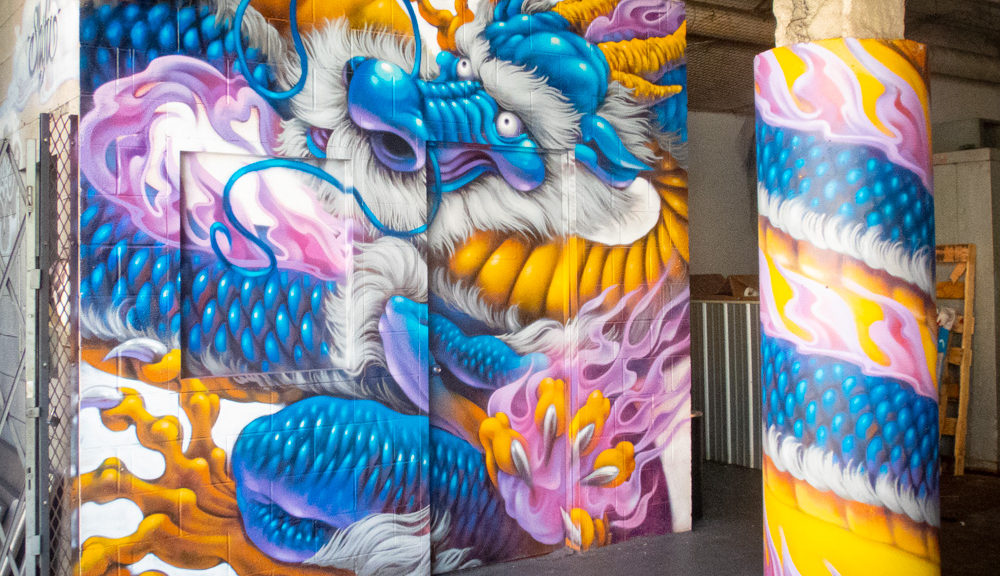
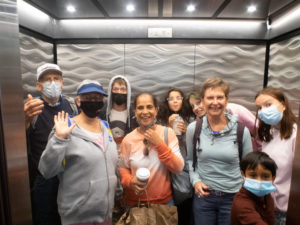 This is the crew we went with: my mom, step-dad, sister-in-law, and her two kids, granddaughter, nephew, and my cousin’s kid. It was a formidable team.
This is the crew we went with: my mom, step-dad, sister-in-law, and her two kids, granddaughter, nephew, and my cousin’s kid. It was a formidable team.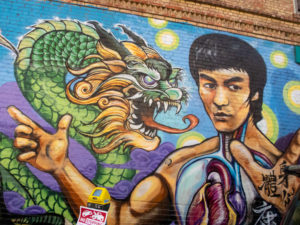
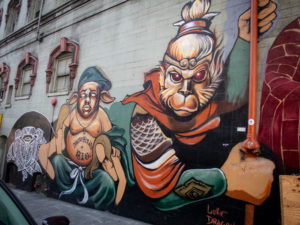
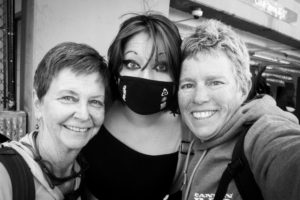 My wife, Ellen, and I with our granddaughter. It was her first trip to see the family in eight years.
My wife, Ellen, and I with our granddaughter. It was her first trip to see the family in eight years.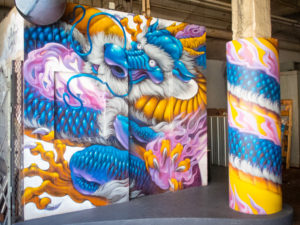 I love wondering unfamiliar cities and finding treasures like this parking garage entrance.
I love wondering unfamiliar cities and finding treasures like this parking garage entrance.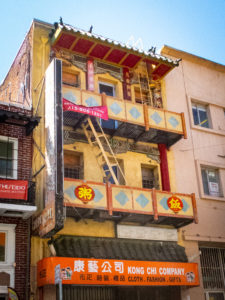
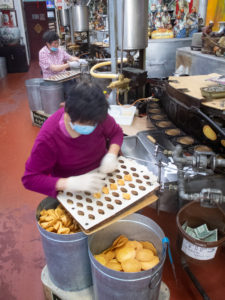 We HAD to stop by the fortune cookie factory!
We HAD to stop by the fortune cookie factory!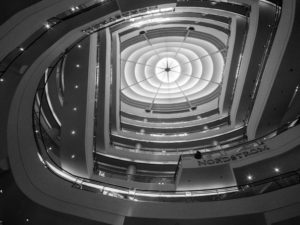
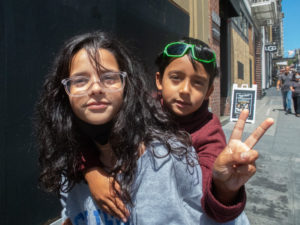 Our two youngest team members were SUCH troopers.
Our two youngest team members were SUCH troopers.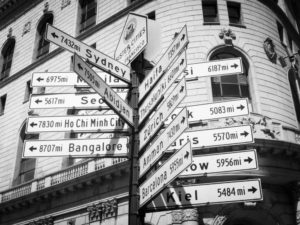 After lunch, we boarded the trolly and headed to Fisherman’s Wharf where we ended the day. From there we walked back to the Ferry Building and headed home.
After lunch, we boarded the trolly and headed to Fisherman’s Wharf where we ended the day. From there we walked back to the Ferry Building and headed home. 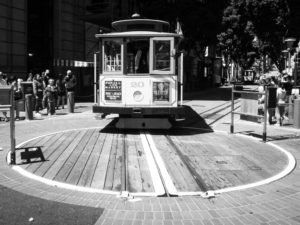
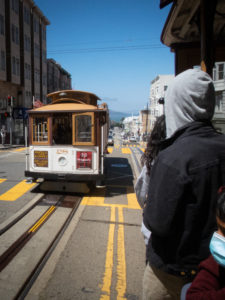
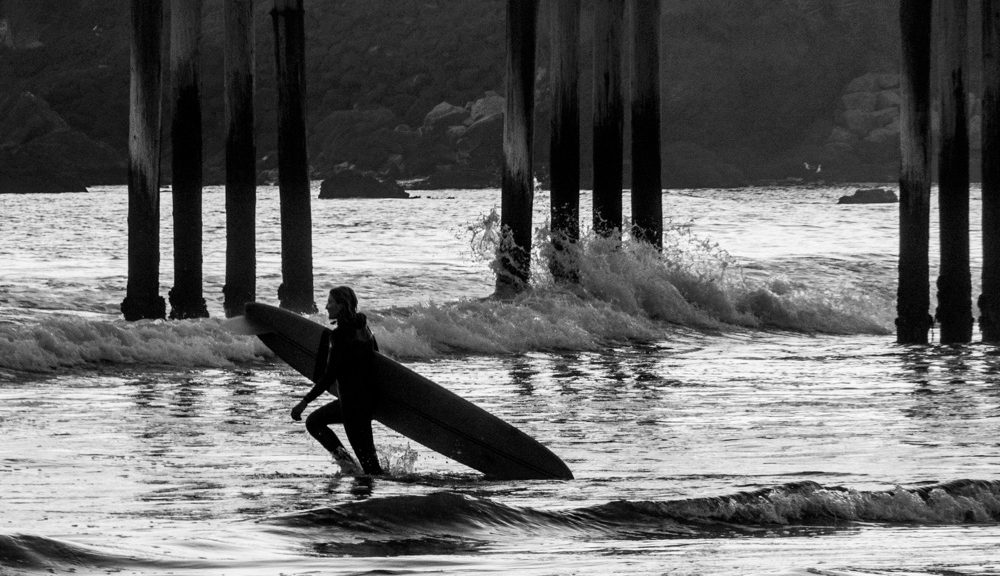
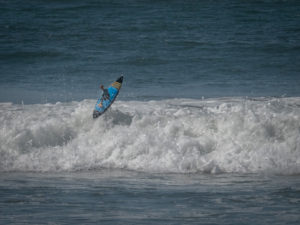
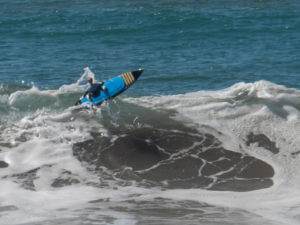
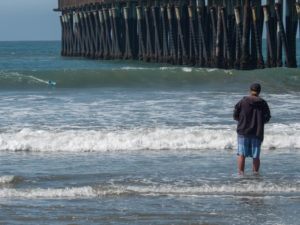
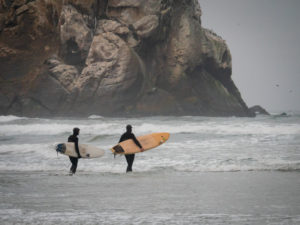 Now, on to the dedication part. The temps were in the high 40’s each morning. These guys were decked in full, hooded wetsuits WITH booties. No thank you. Too cold for this lover of oceans.
Now, on to the dedication part. The temps were in the high 40’s each morning. These guys were decked in full, hooded wetsuits WITH booties. No thank you. Too cold for this lover of oceans.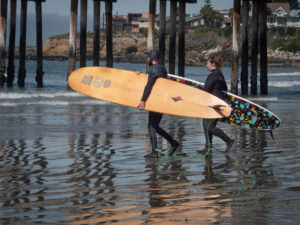 Even in Cayucos, near the pier, in the afternoon temps of mid-60’s, full wetsuits, booties and hoods were the norm.
Even in Cayucos, near the pier, in the afternoon temps of mid-60’s, full wetsuits, booties and hoods were the norm.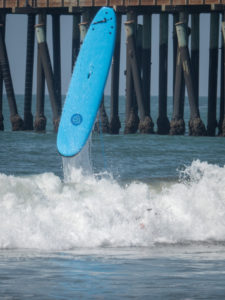
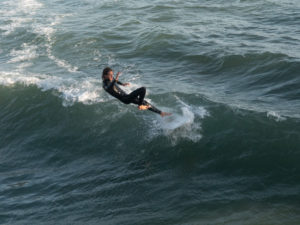
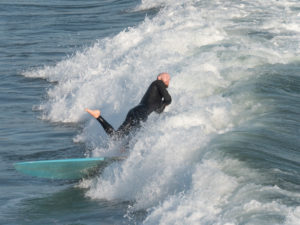
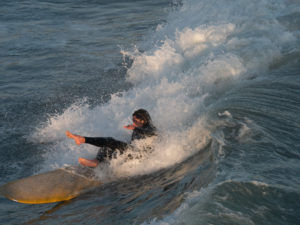
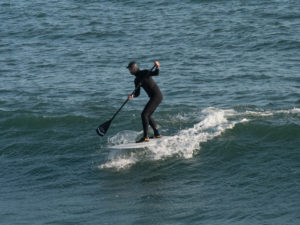
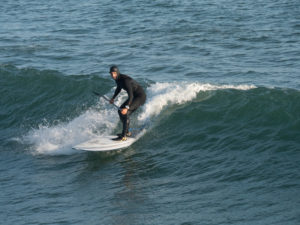
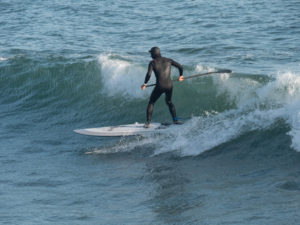
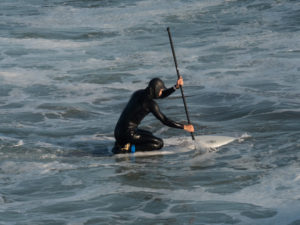
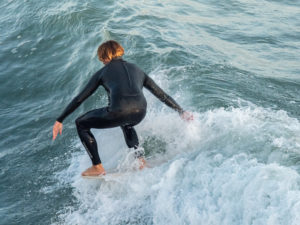
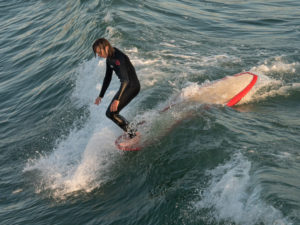
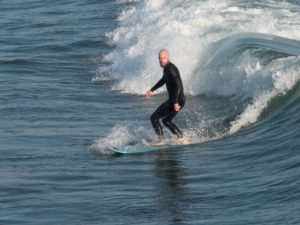
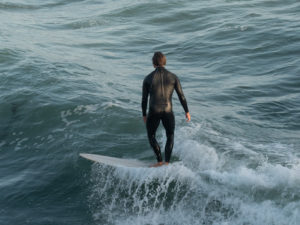
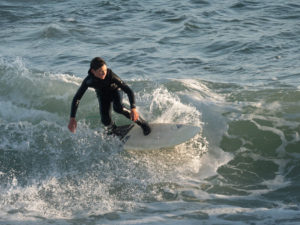 There were a couple of young guys out on their short boards working the waves.
There were a couple of young guys out on their short boards working the waves.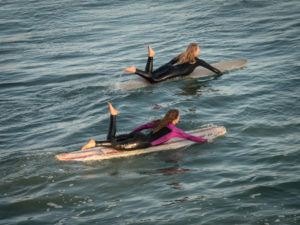 These two joined the mix late in the afternoon. They seriously looked like synchronized swimmers heading out on their boards with pointed toes at the ends of legs that were moving up and down in a rhythmic kicking motion timed to their arm strokes. The boys became less focussed once these two showed up. 😉
These two joined the mix late in the afternoon. They seriously looked like synchronized swimmers heading out on their boards with pointed toes at the ends of legs that were moving up and down in a rhythmic kicking motion timed to their arm strokes. The boys became less focussed once these two showed up. 😉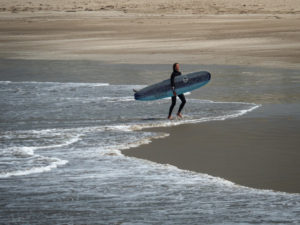 At the end of a session, walking out of the surf on a lonely beach shows the potential solitude of surfing.
At the end of a session, walking out of the surf on a lonely beach shows the potential solitude of surfing.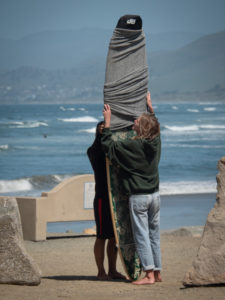 This was new to me. Covering a board before loading it up after a morning in the water.
This was new to me. Covering a board before loading it up after a morning in the water.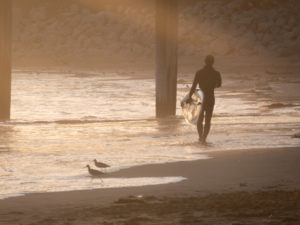 Back in Cayucos, the sun setting and a lone surfer calling it a day.
Back in Cayucos, the sun setting and a lone surfer calling it a day.